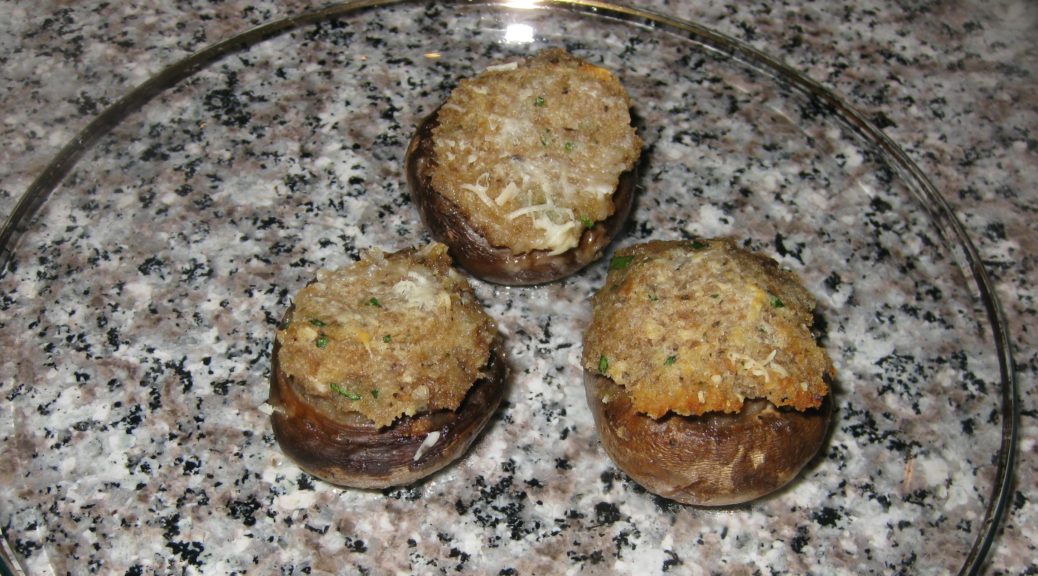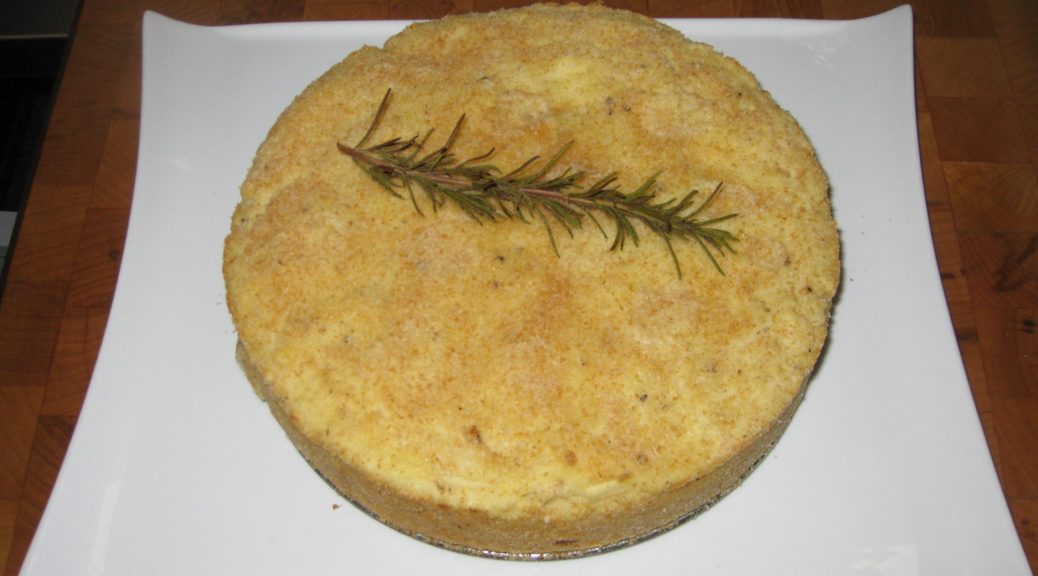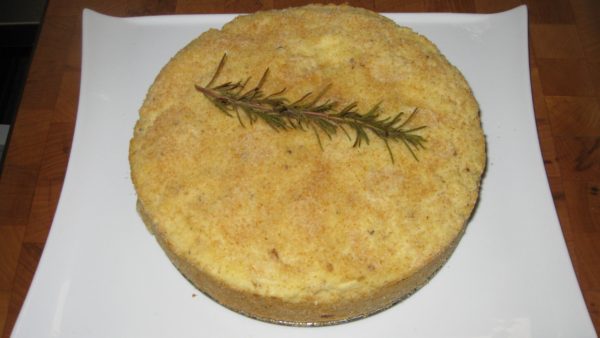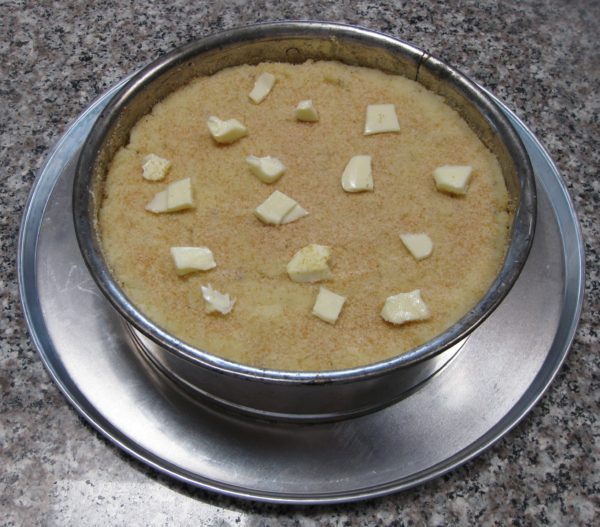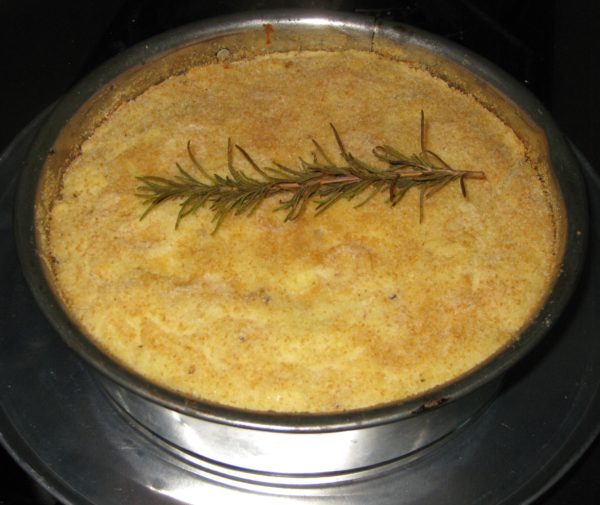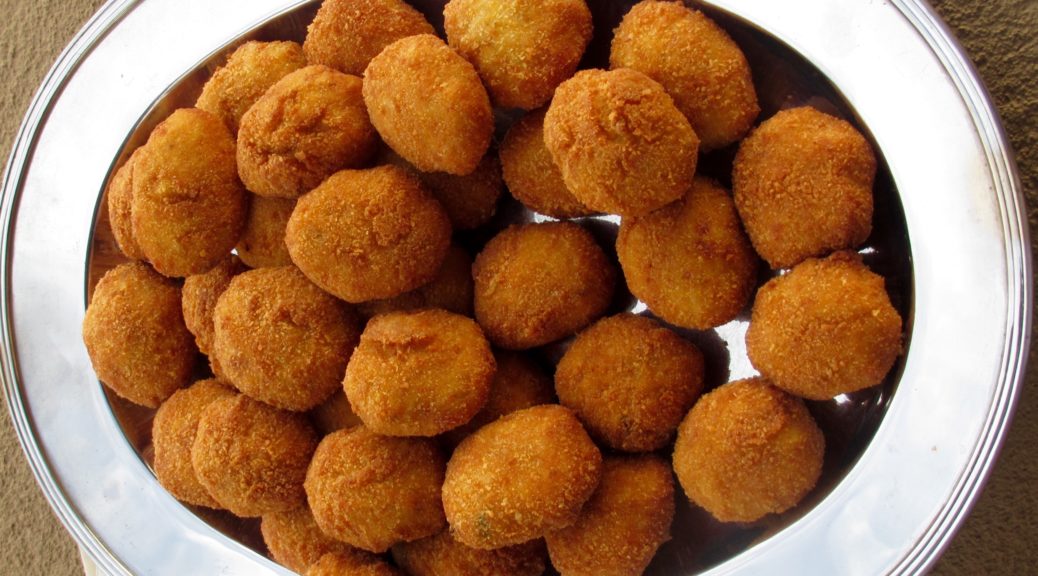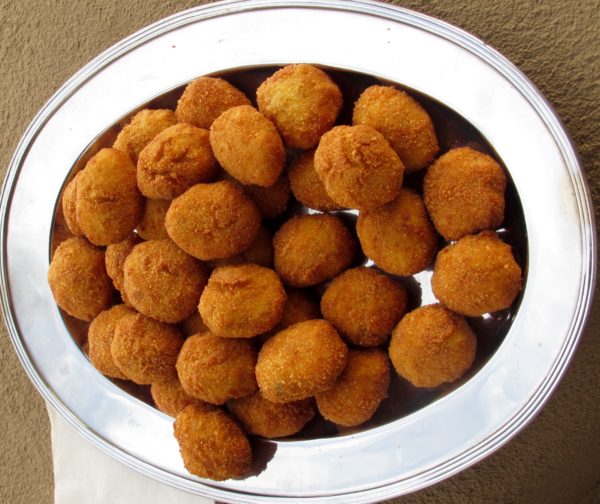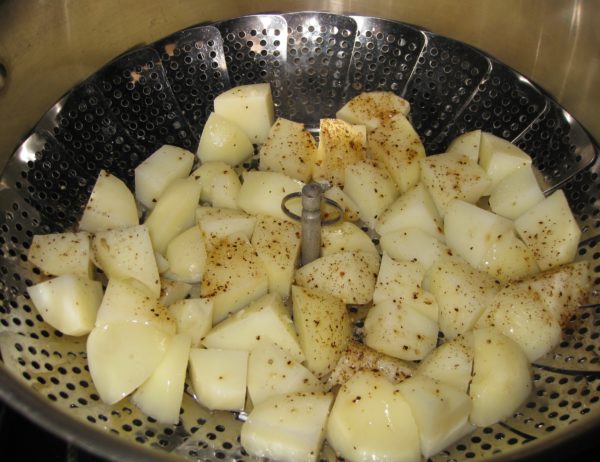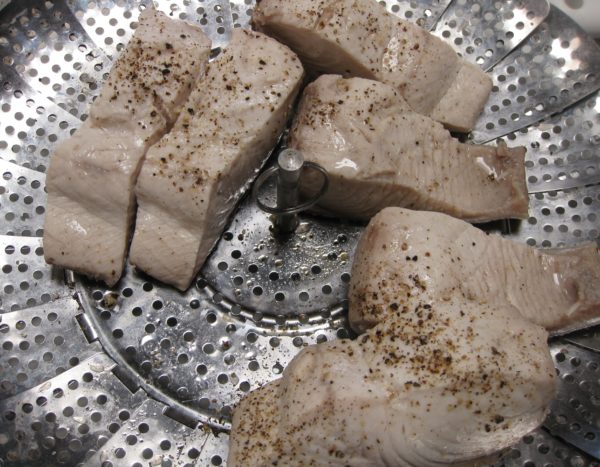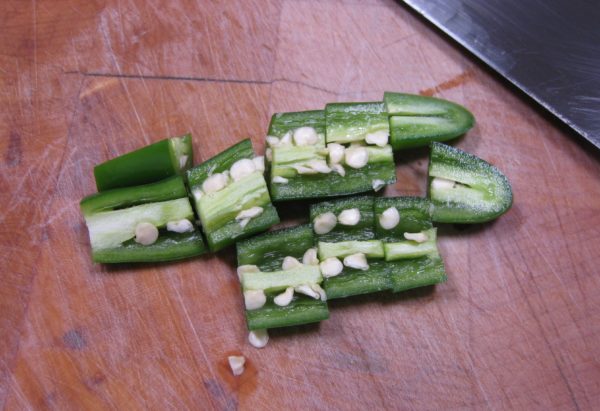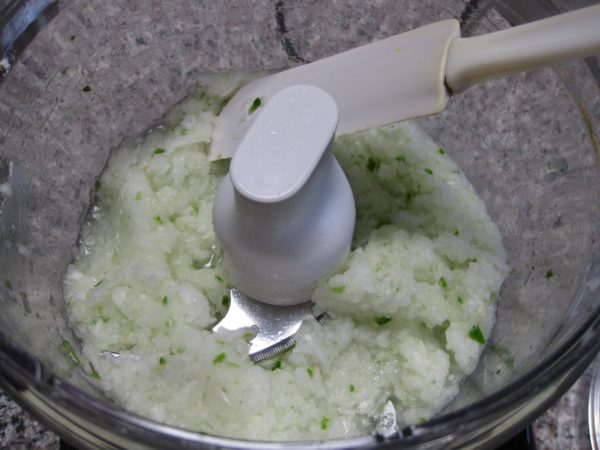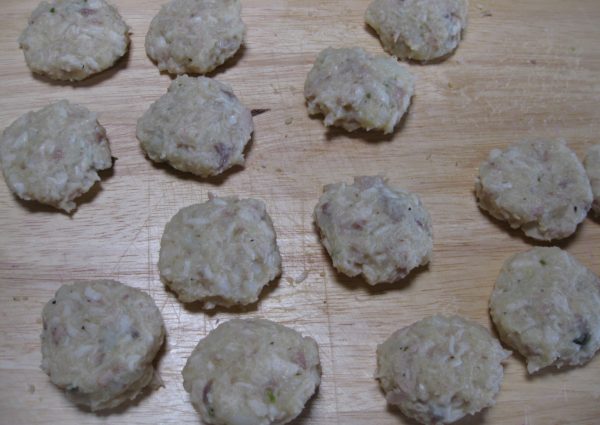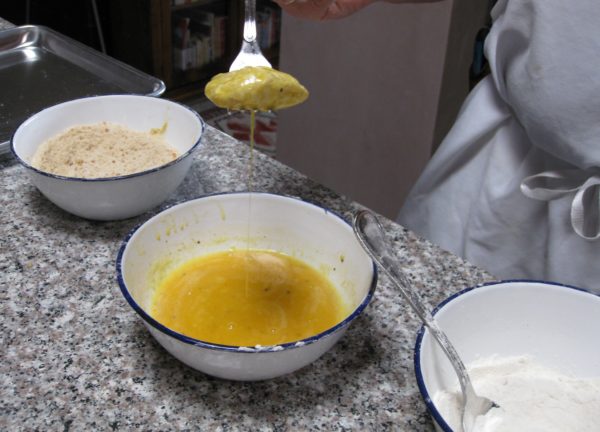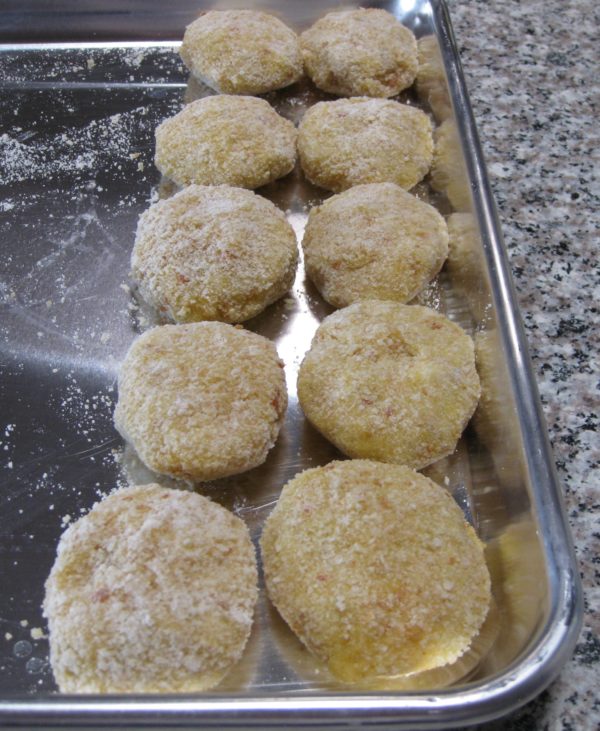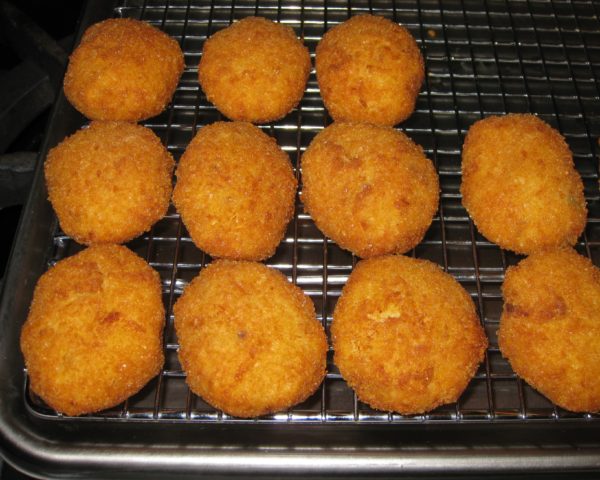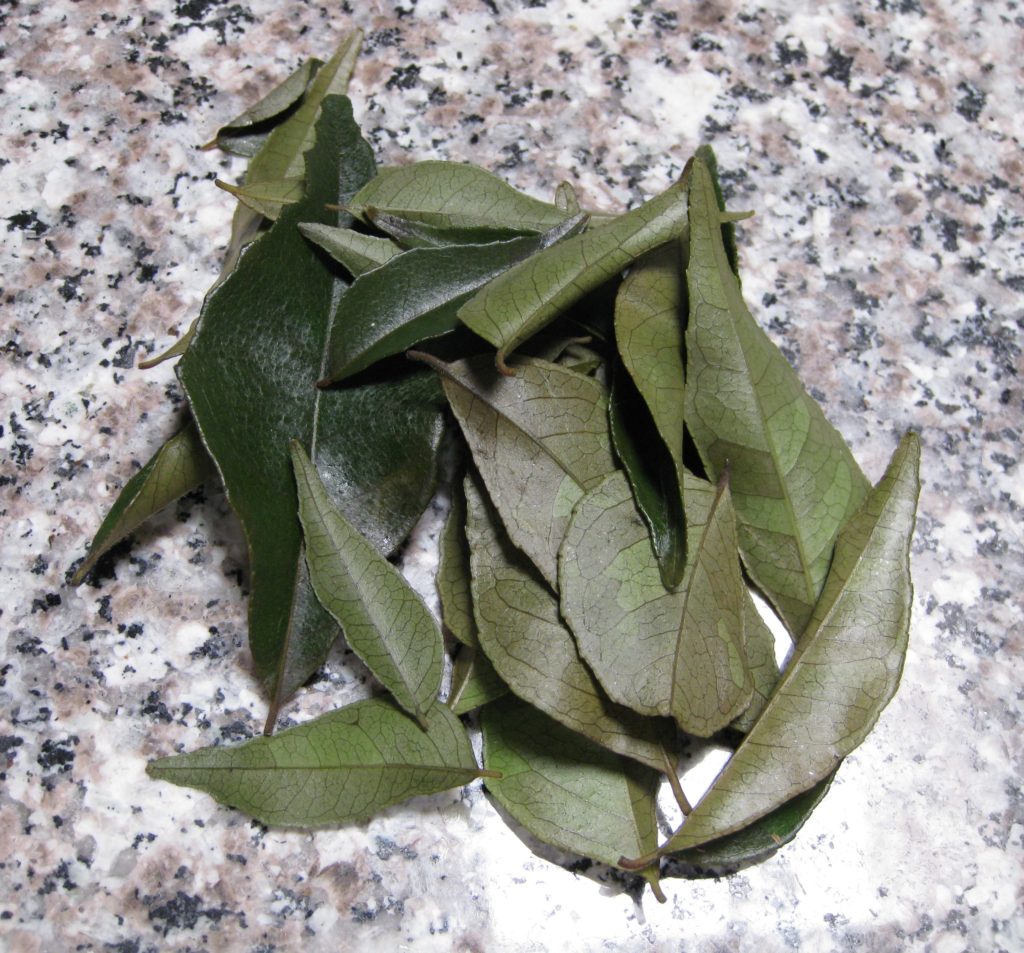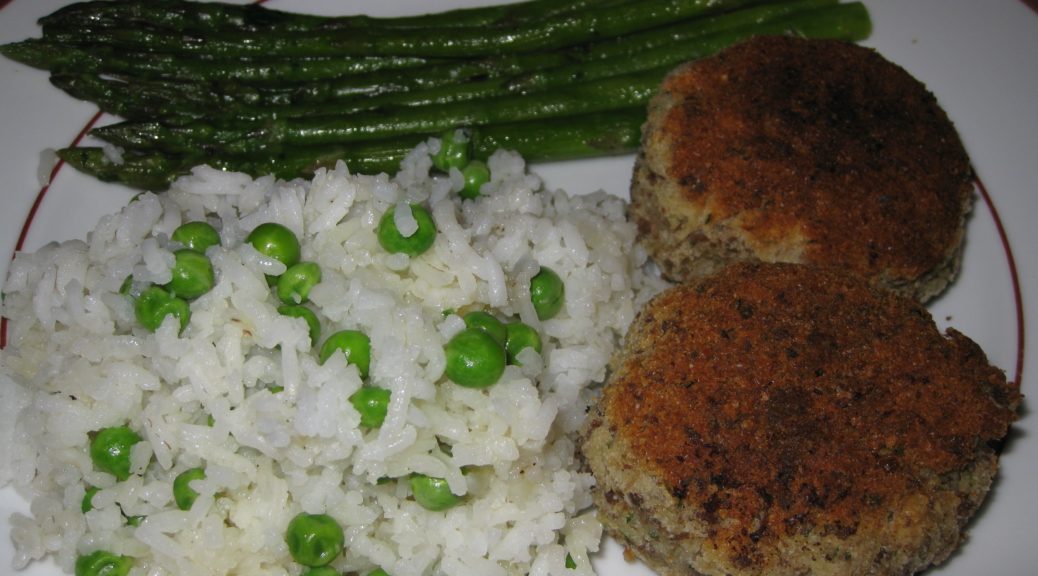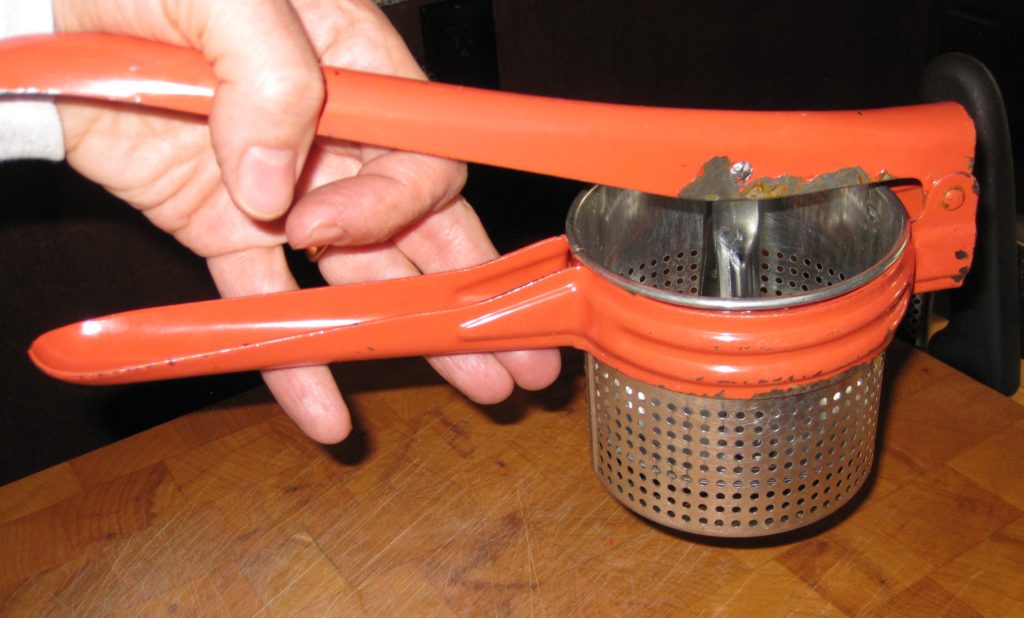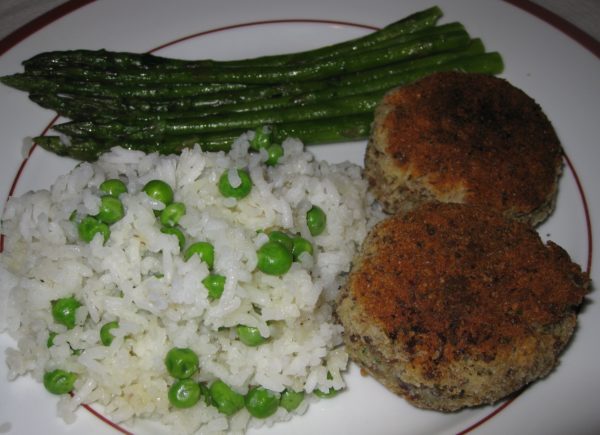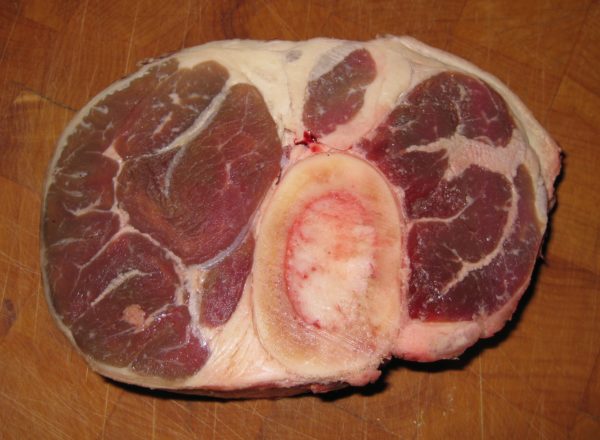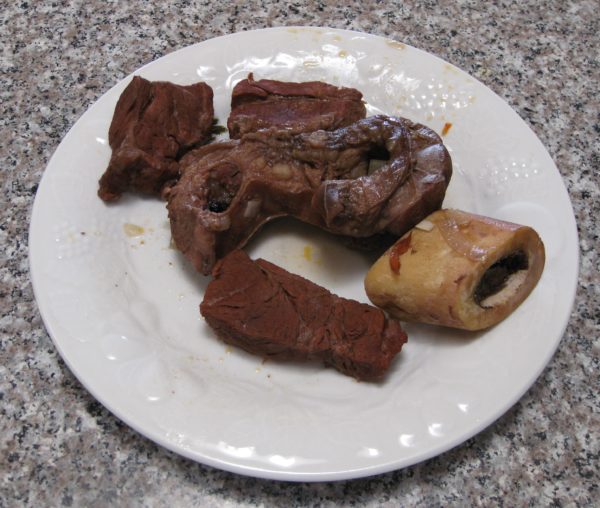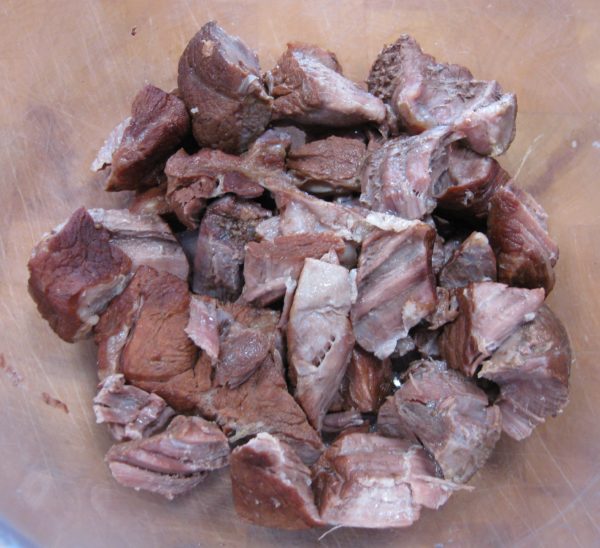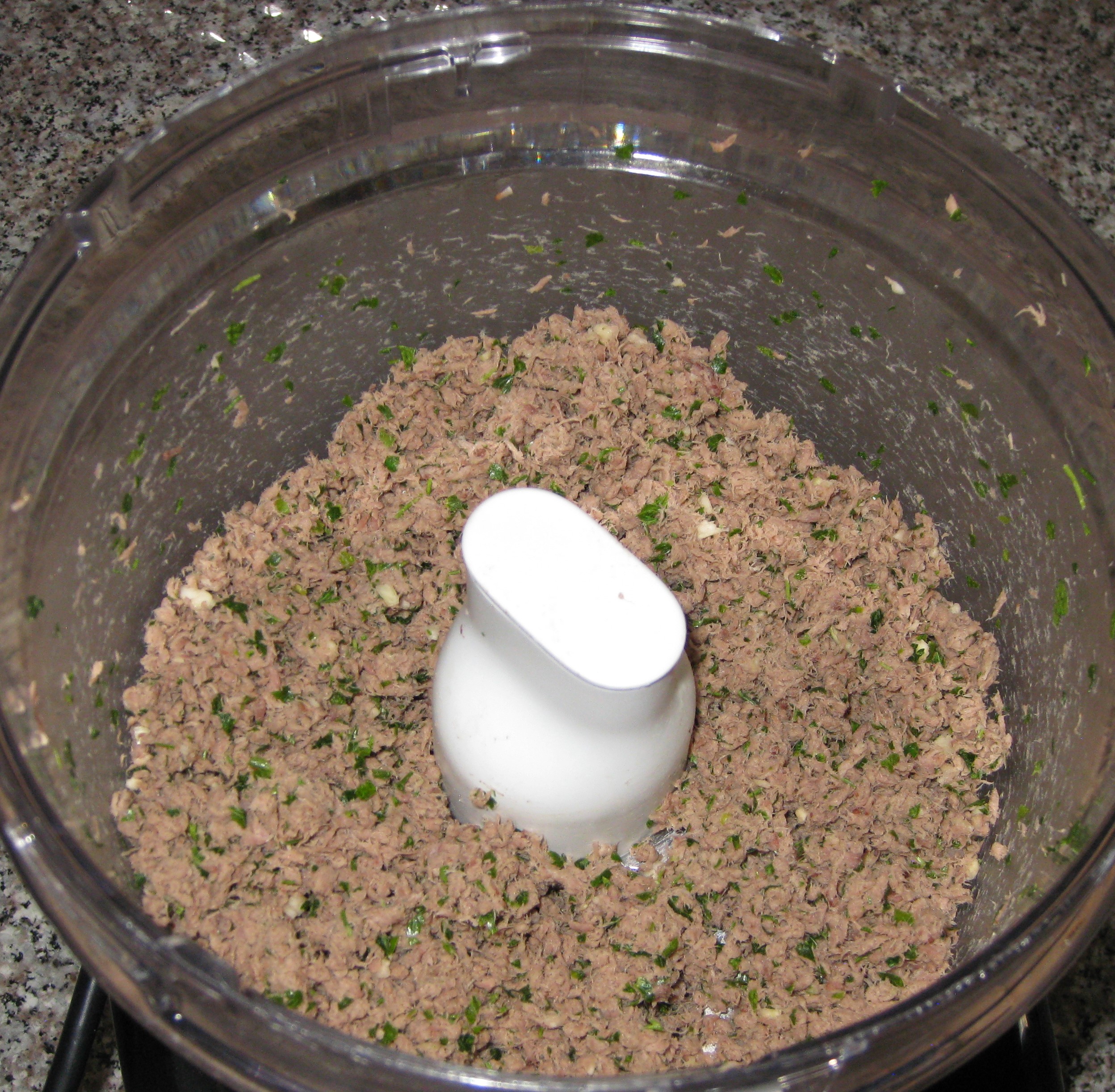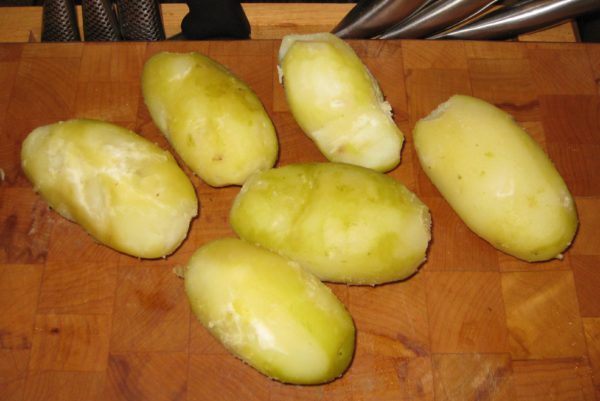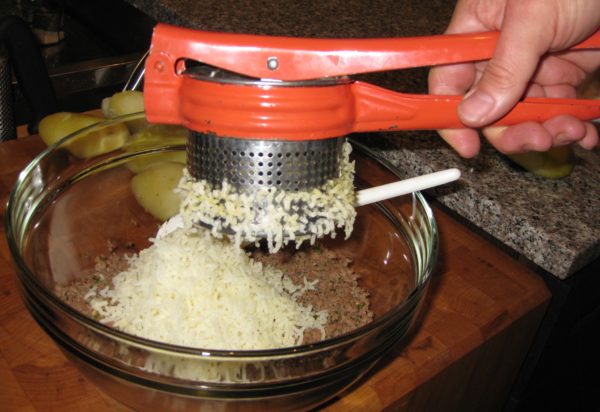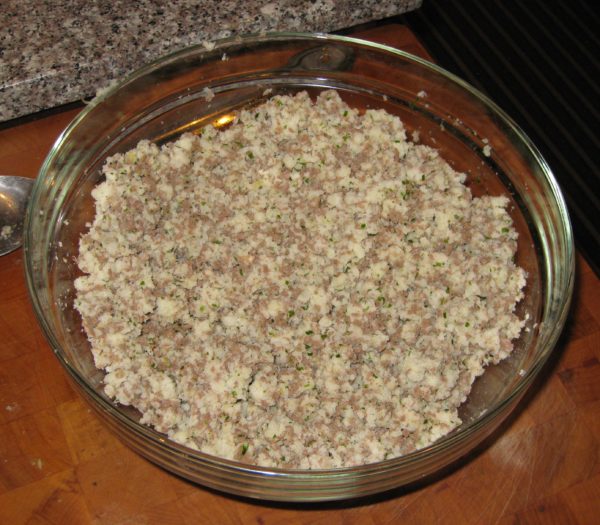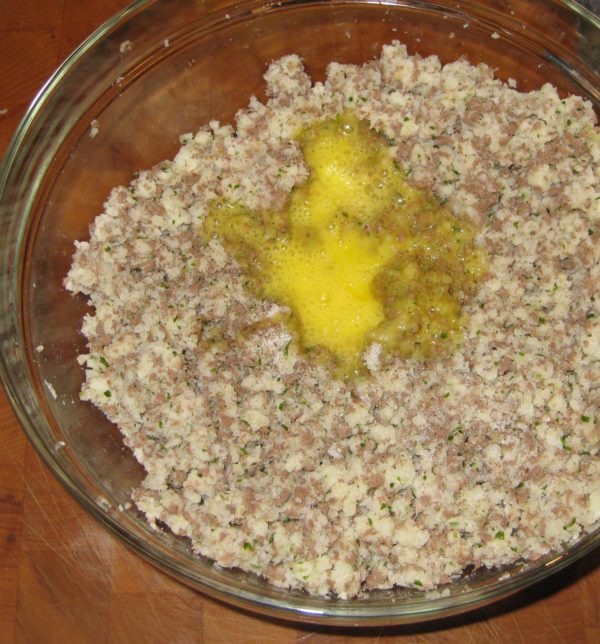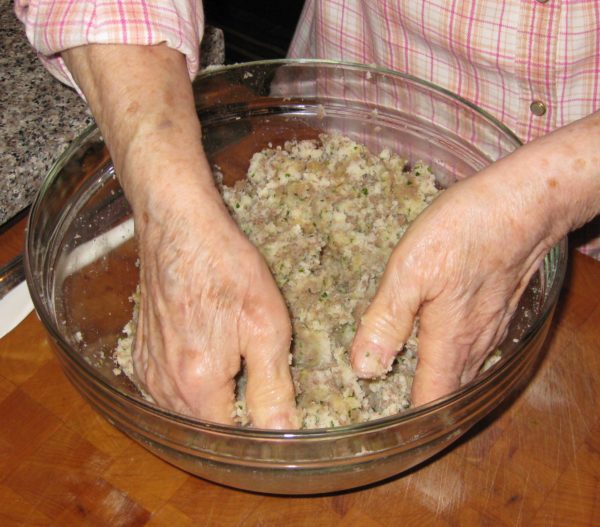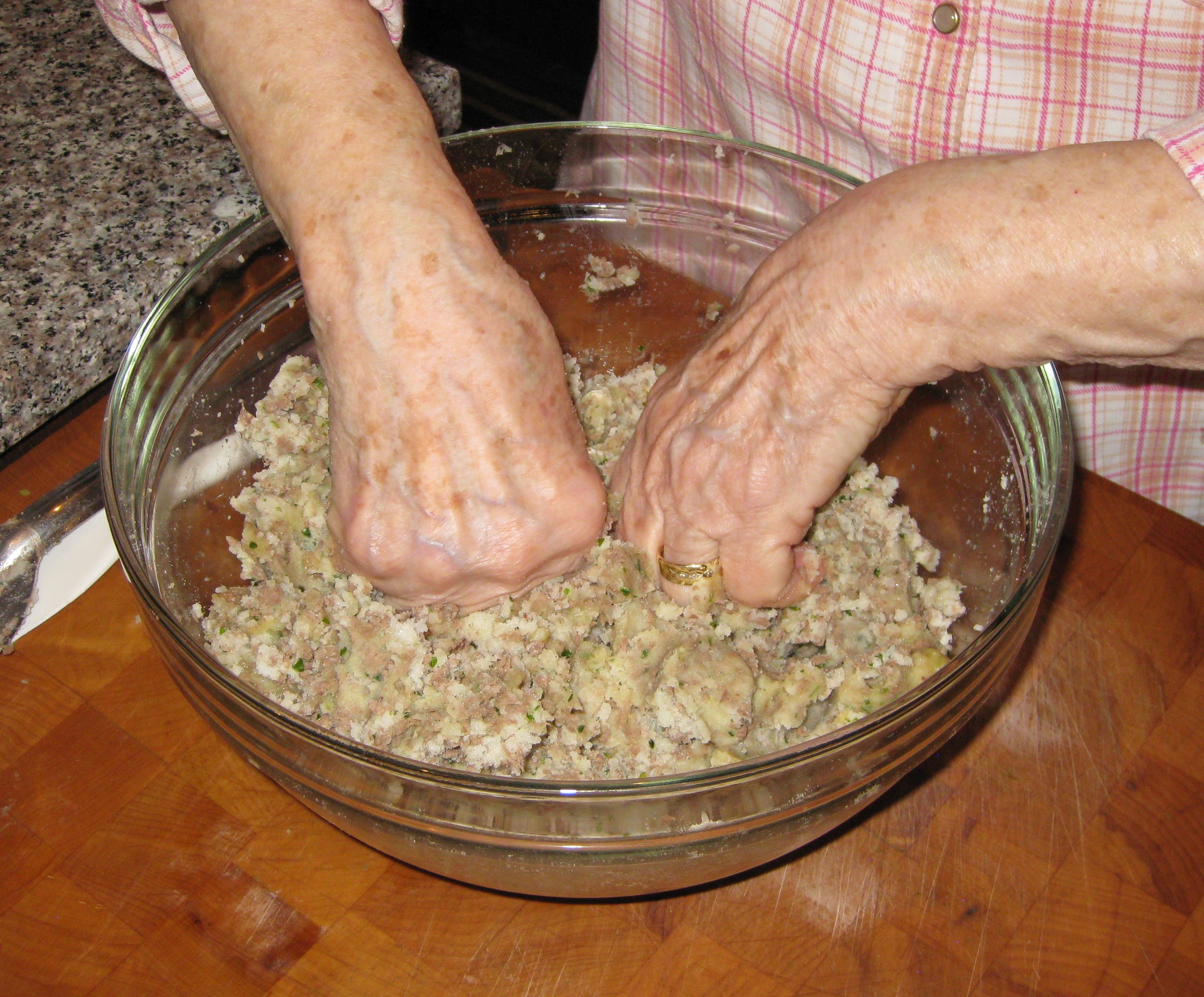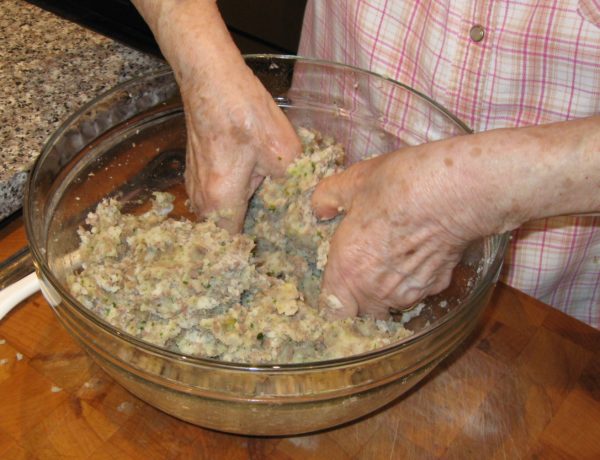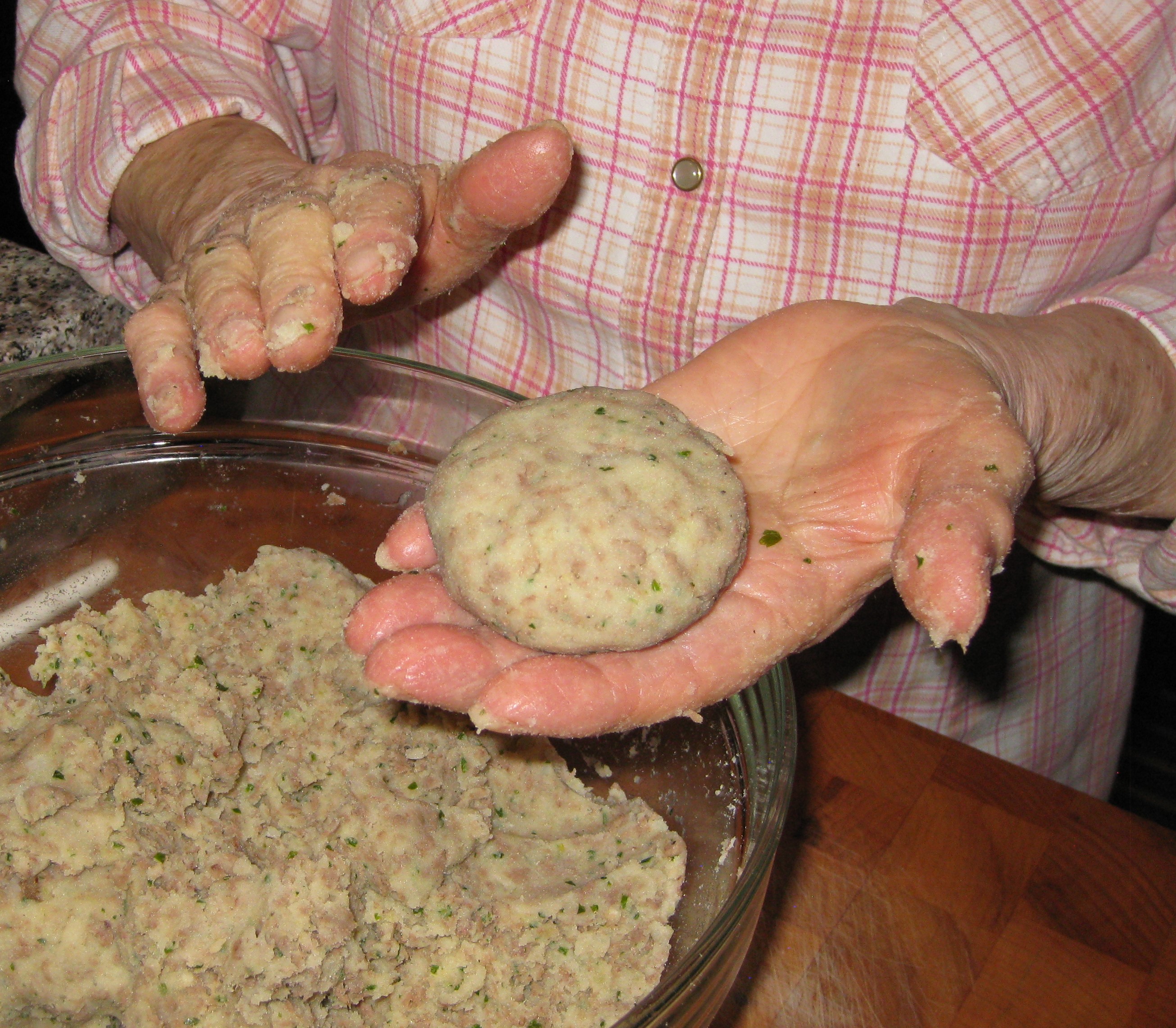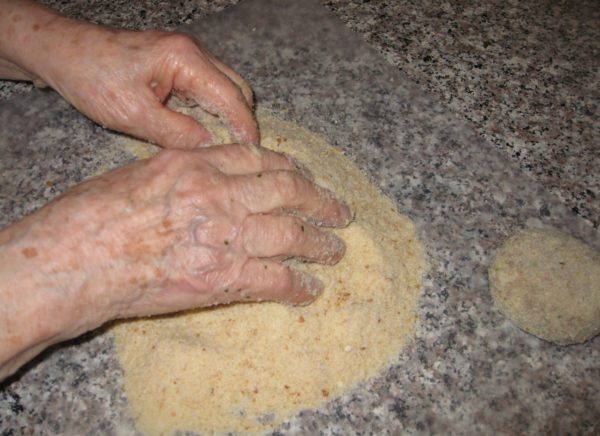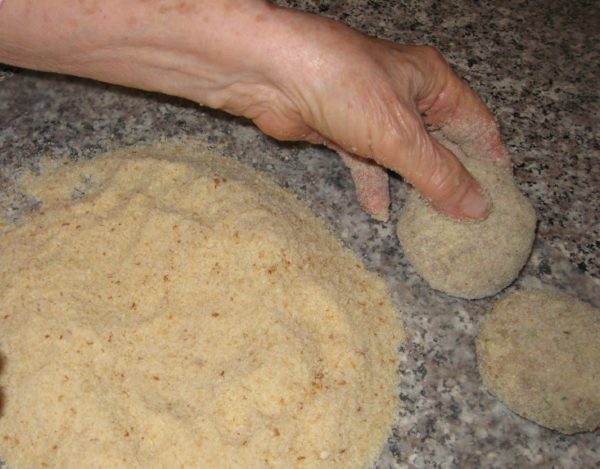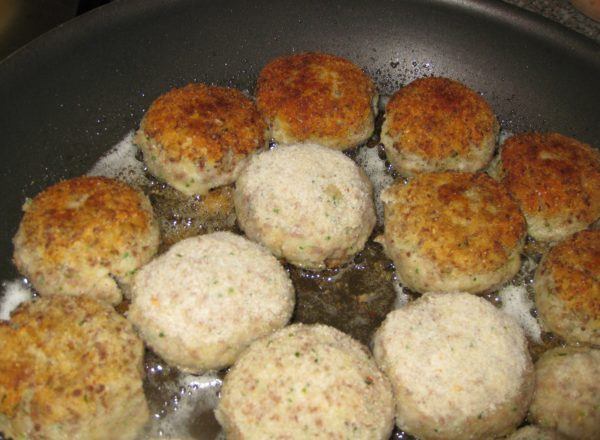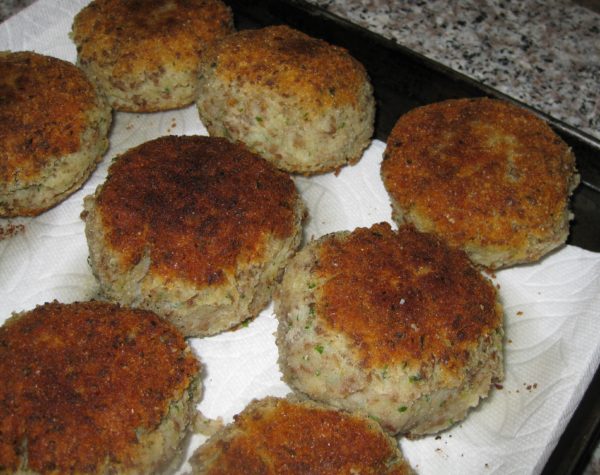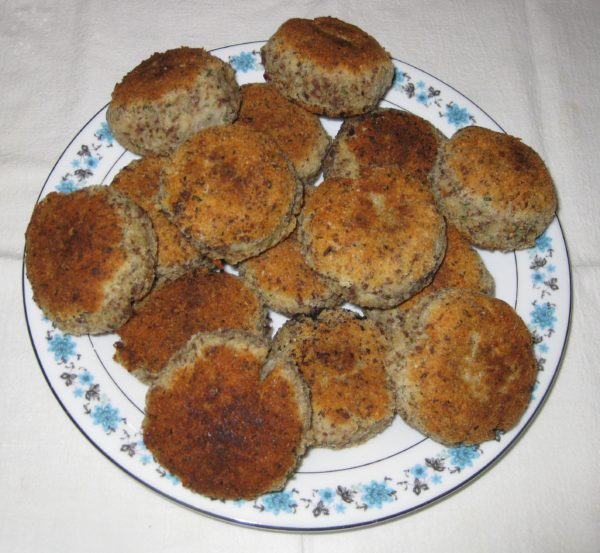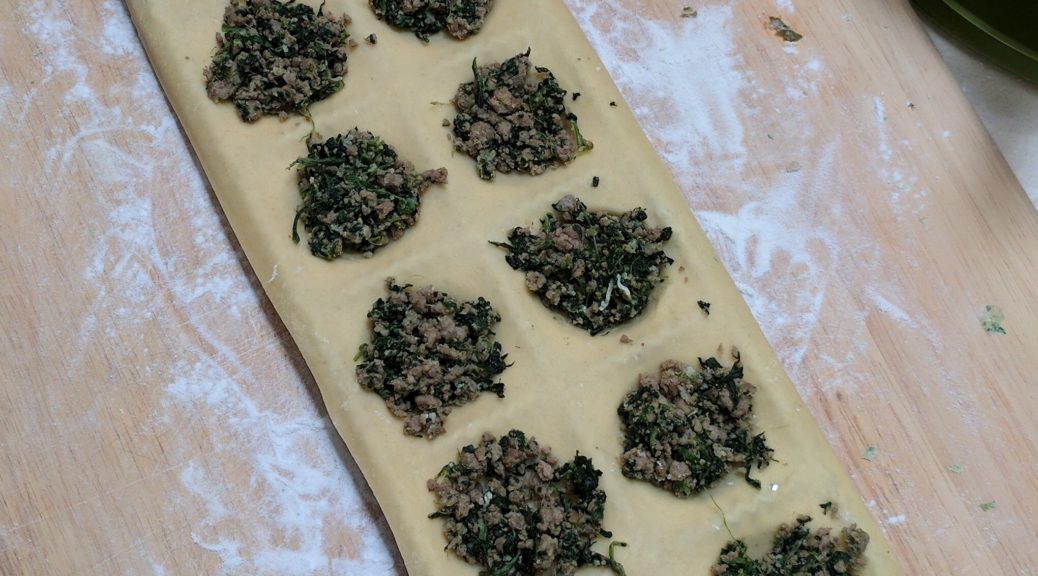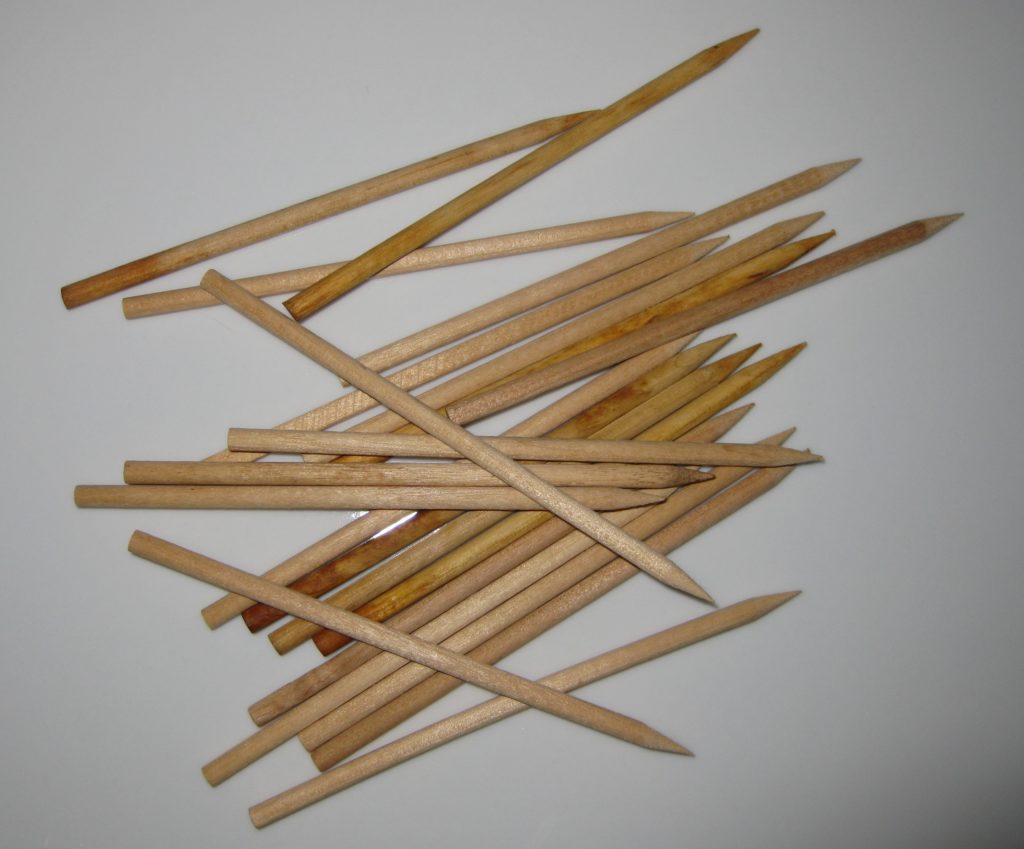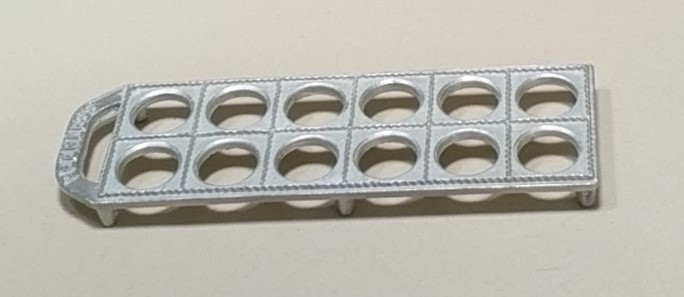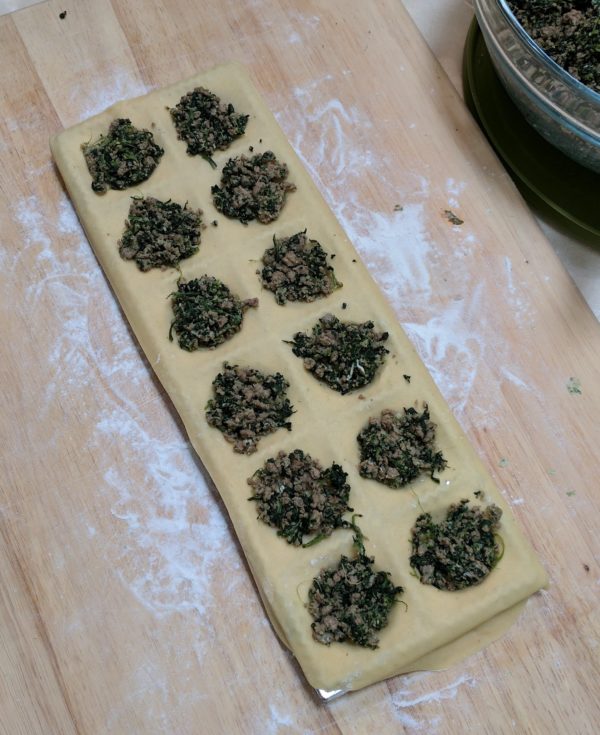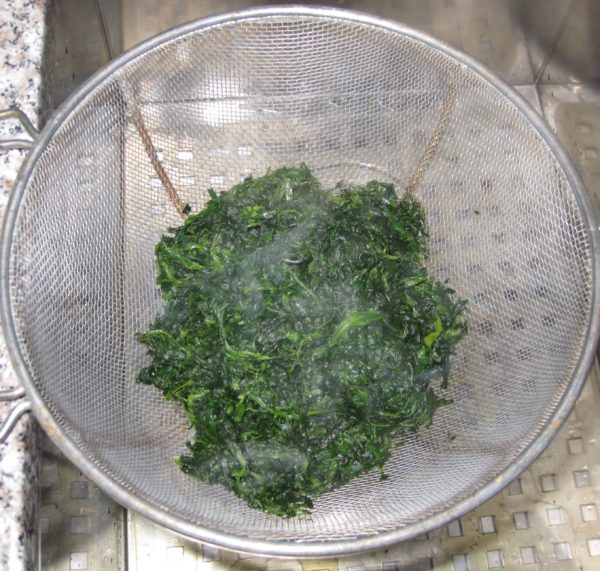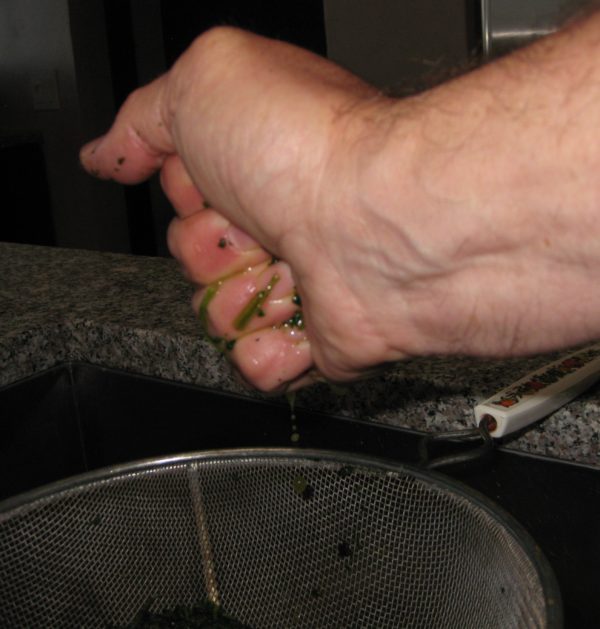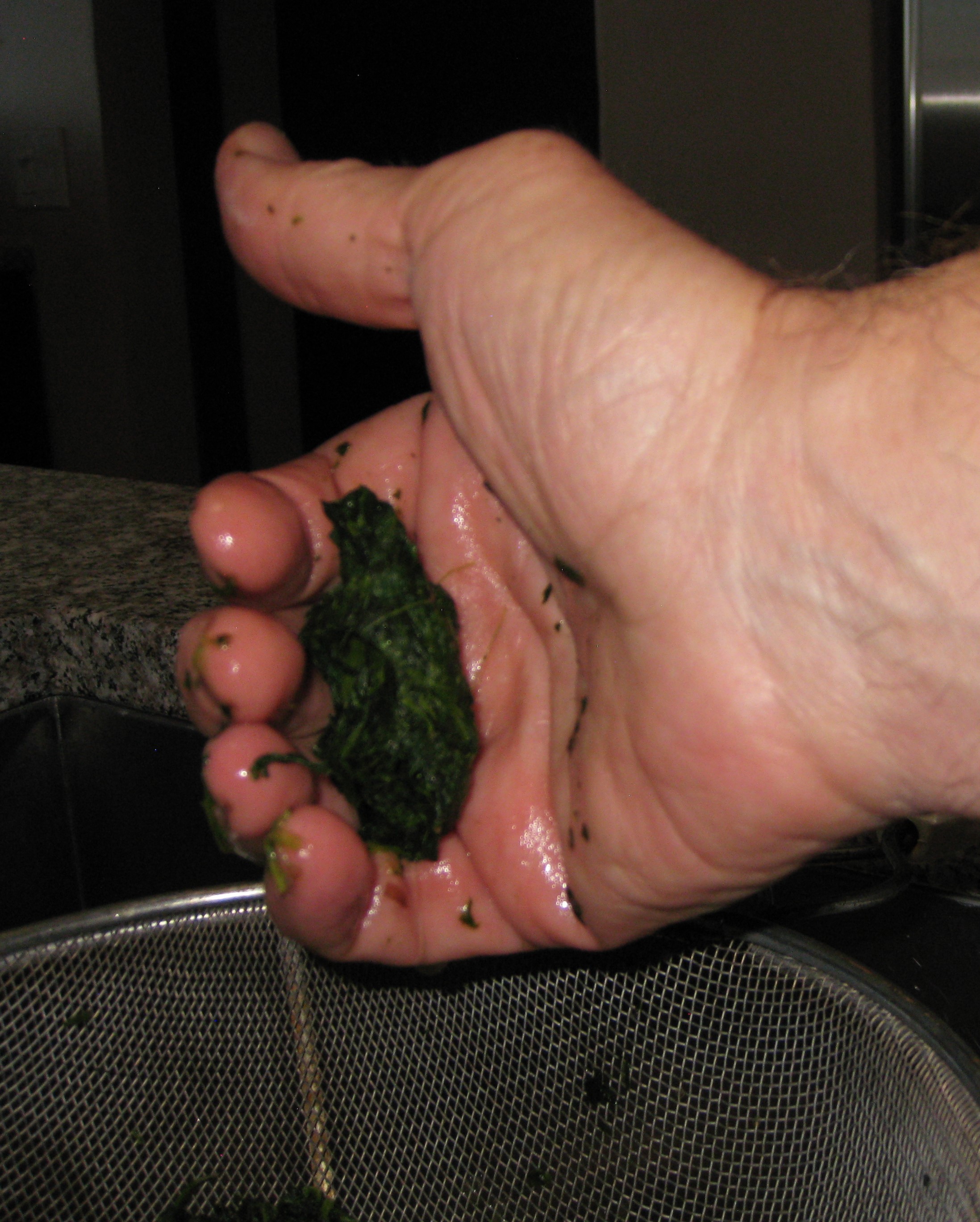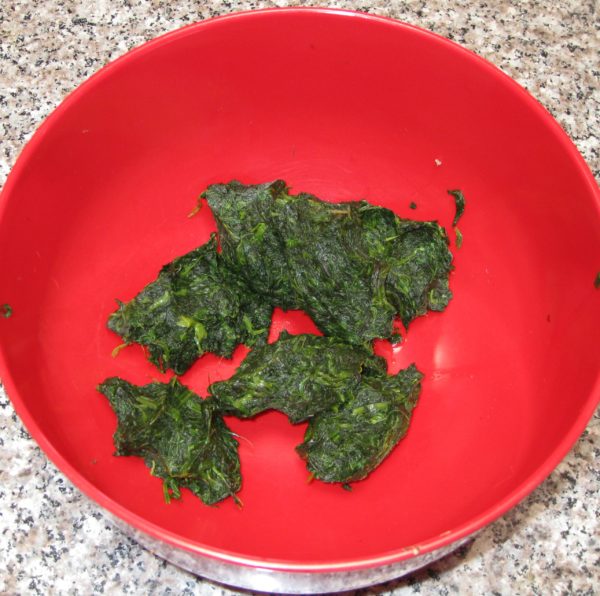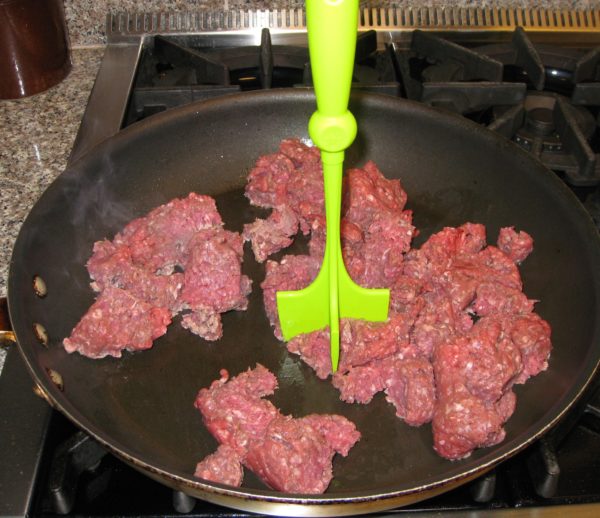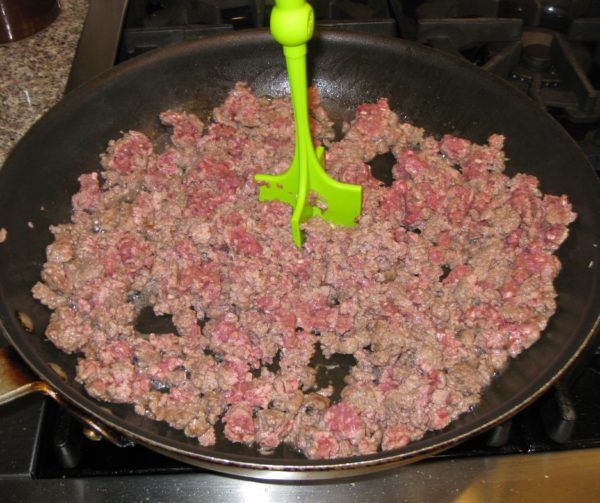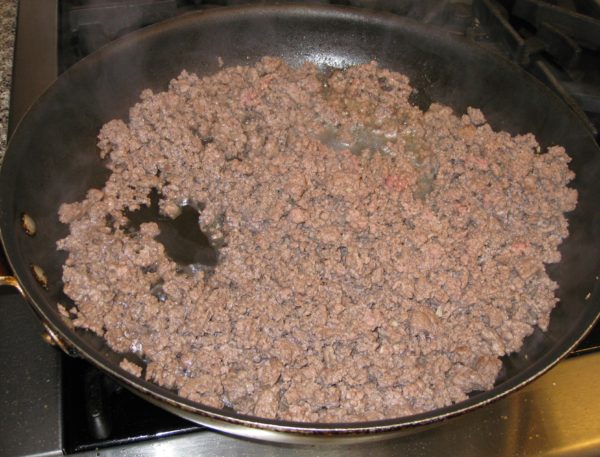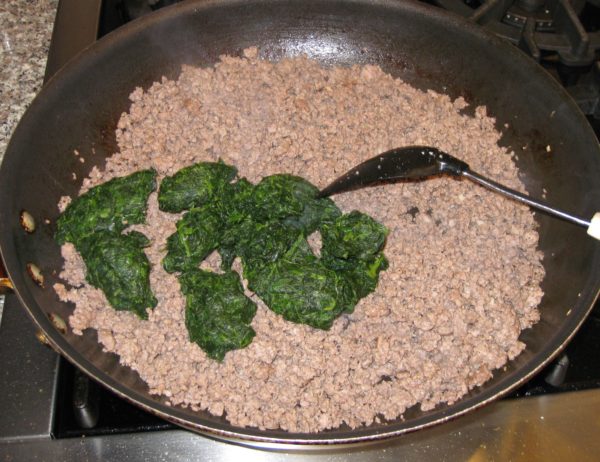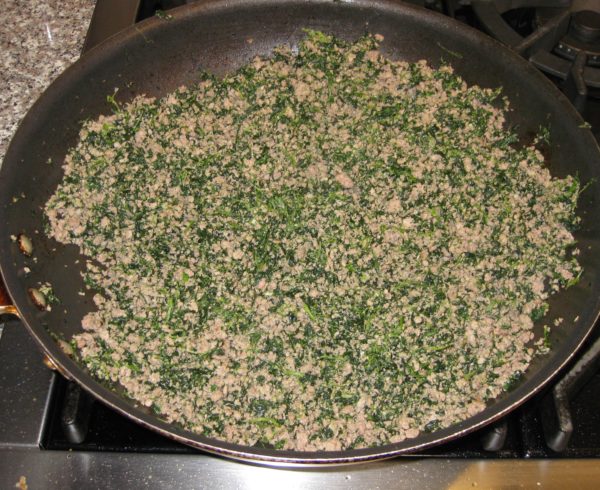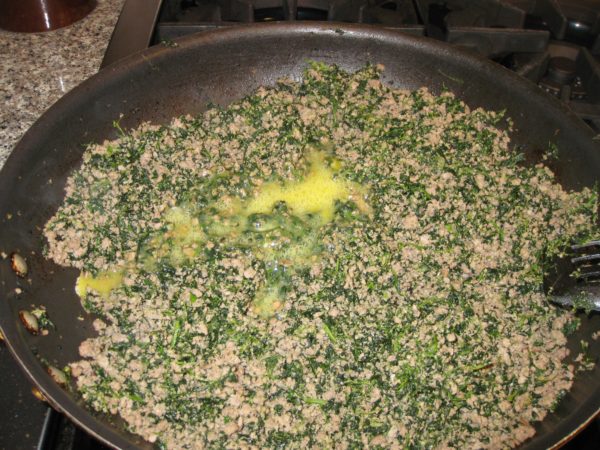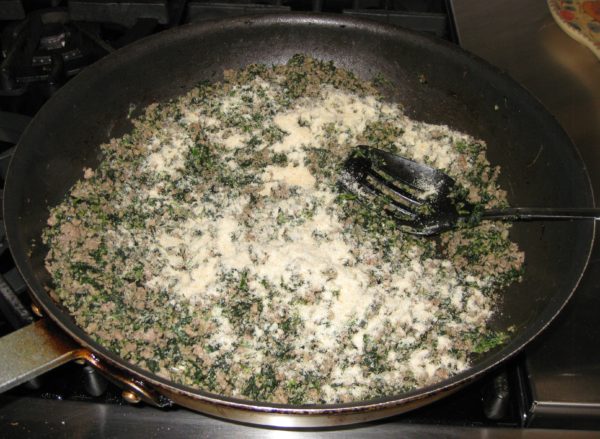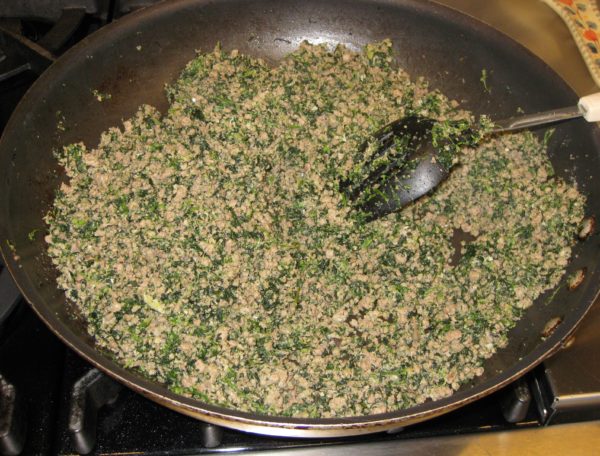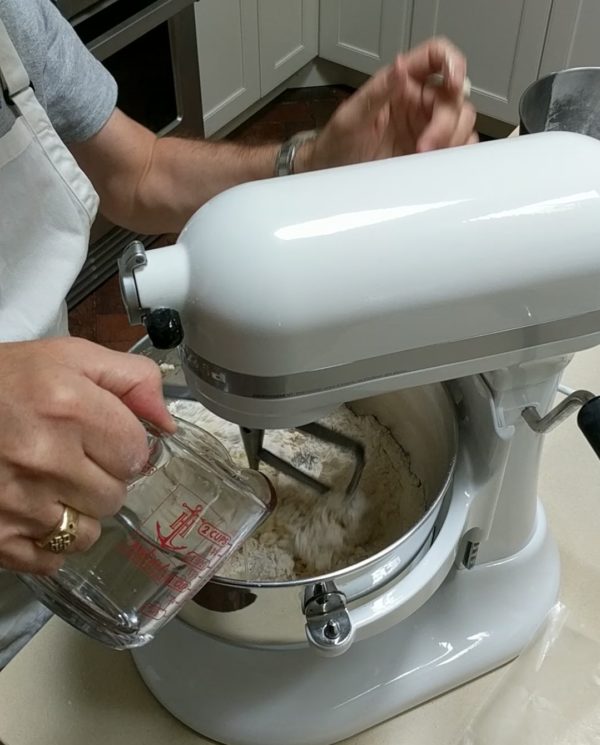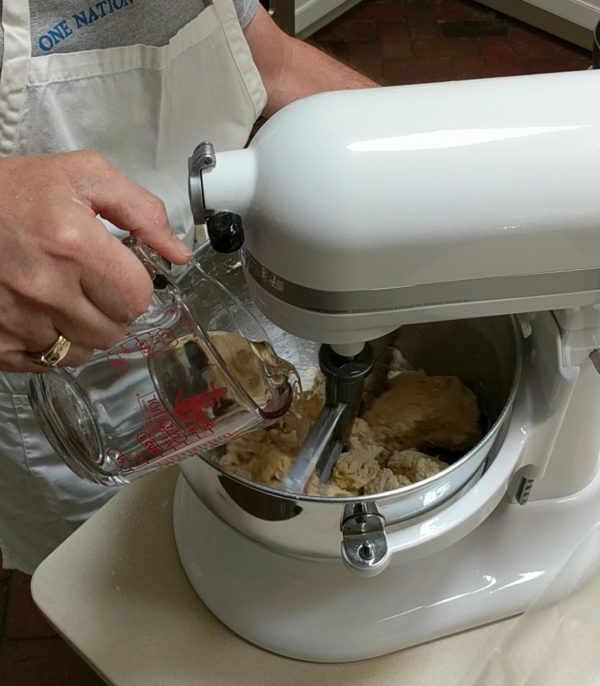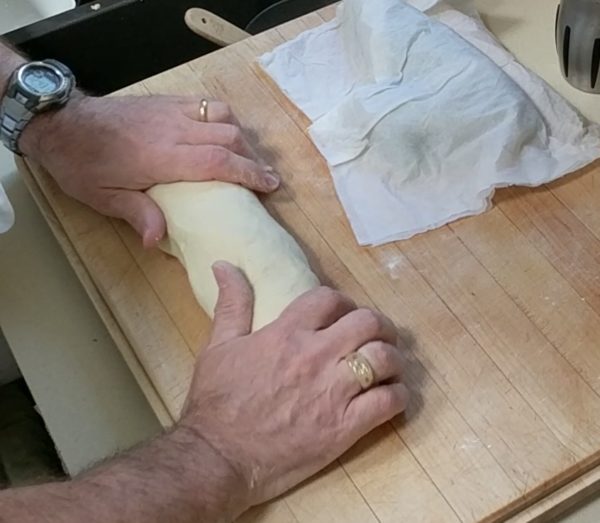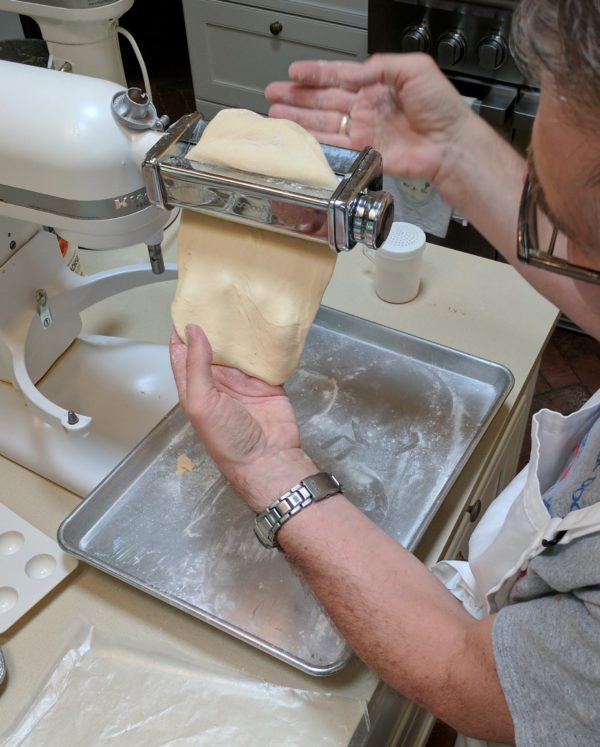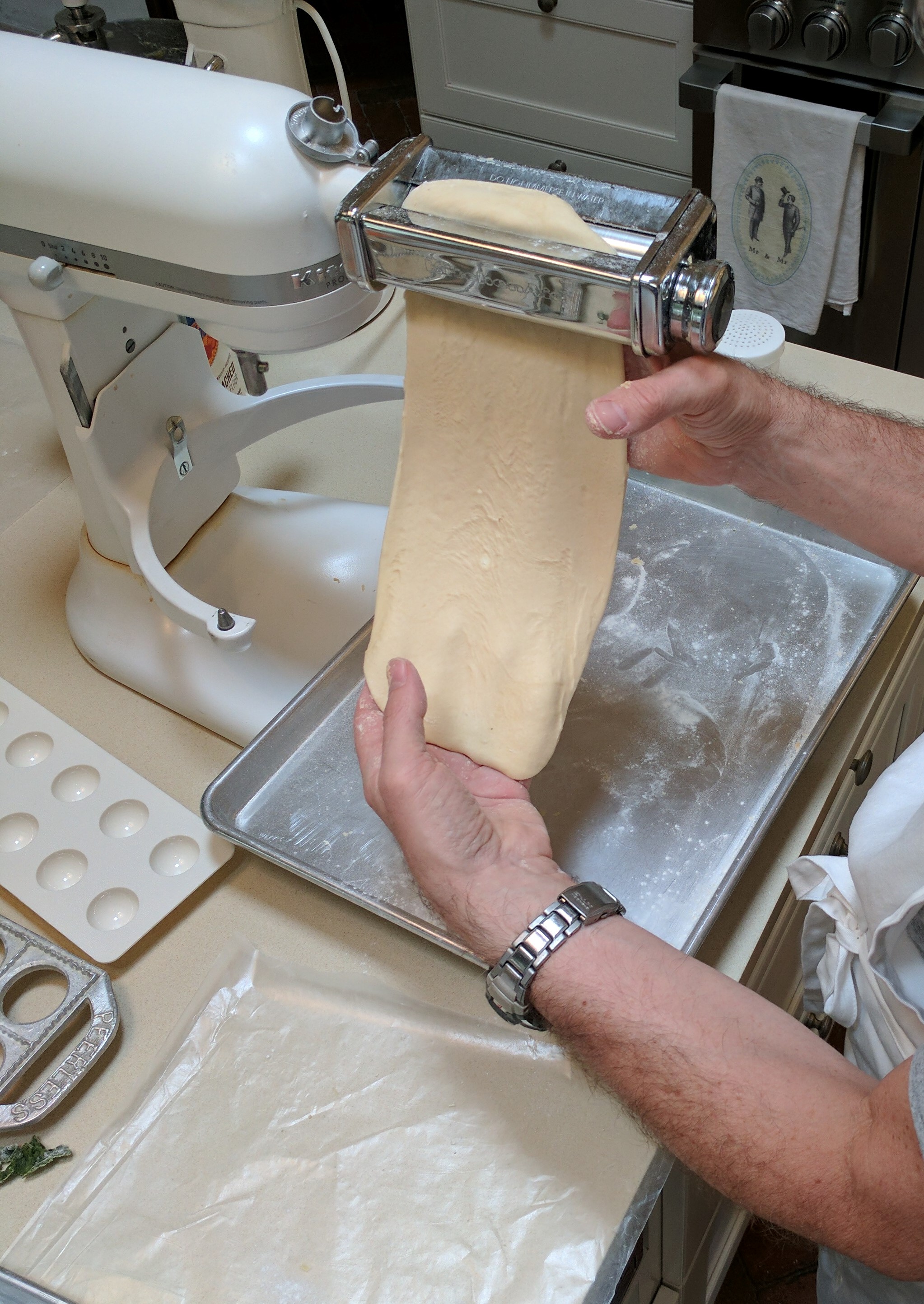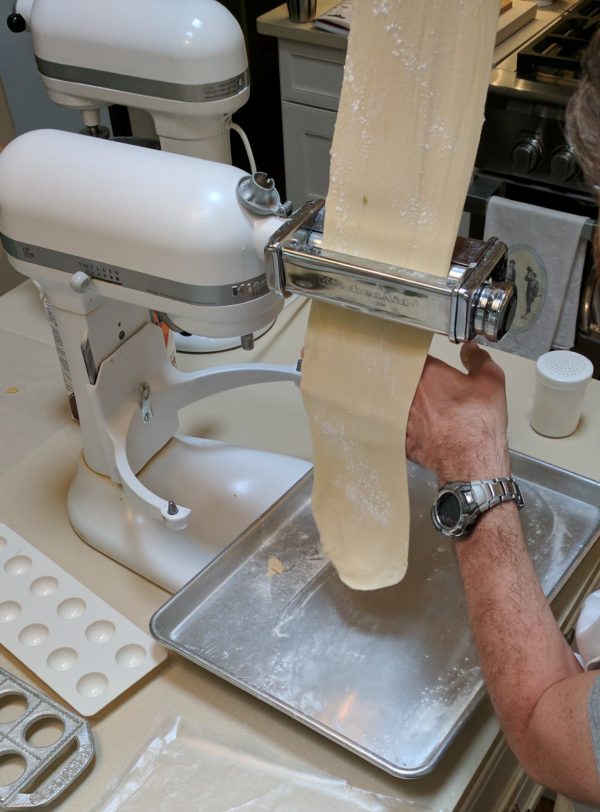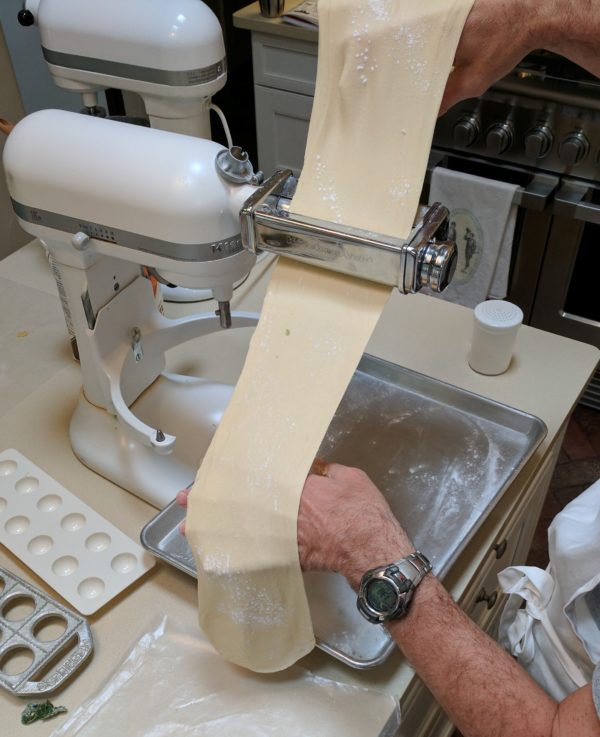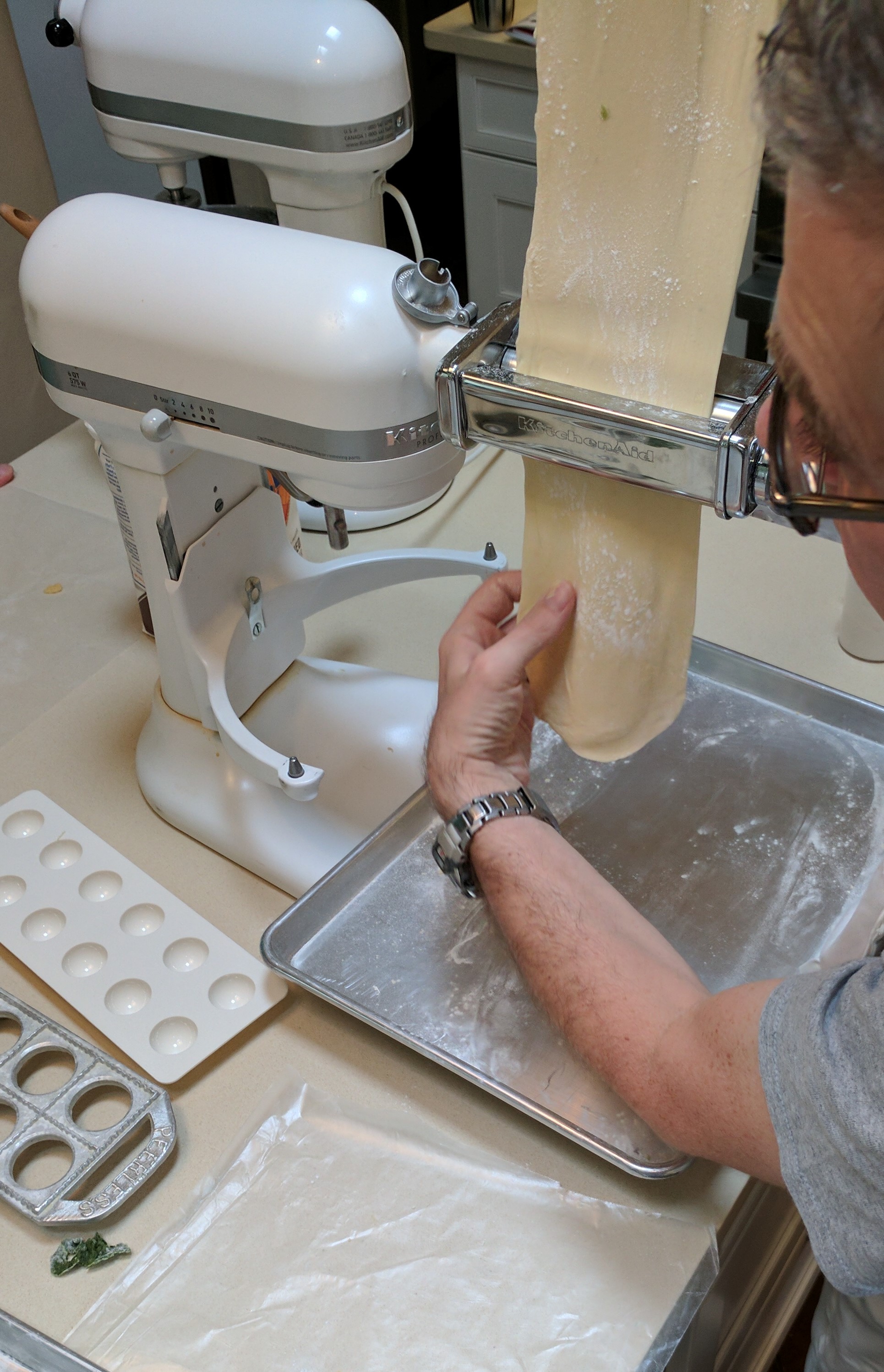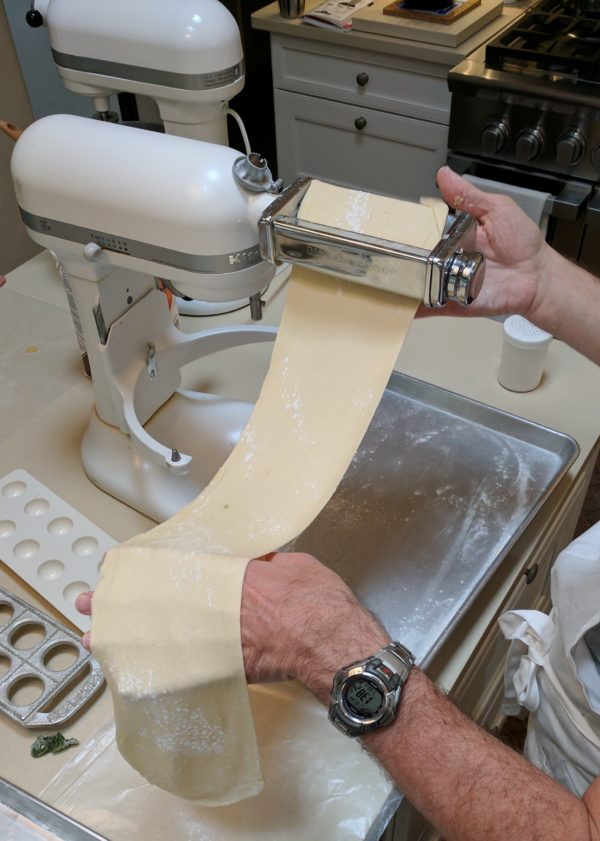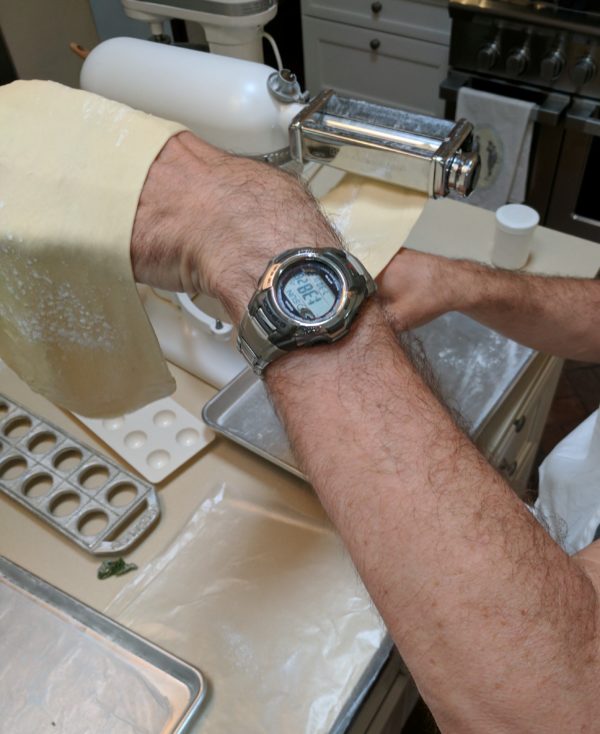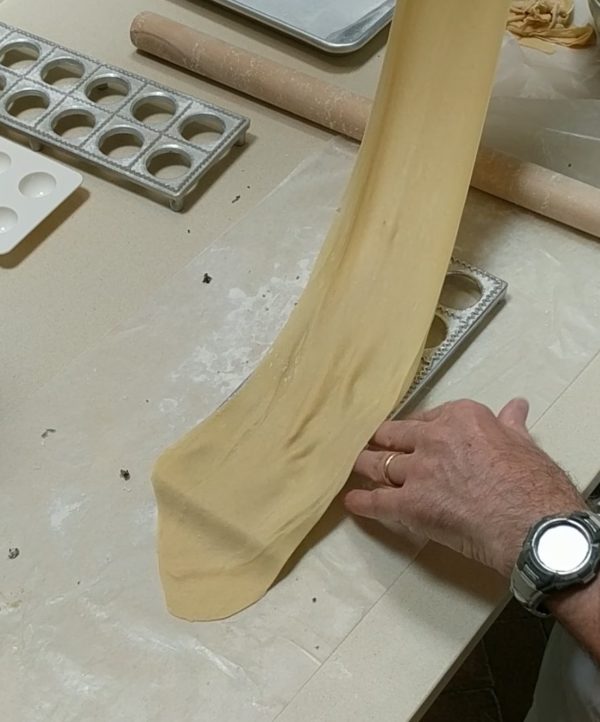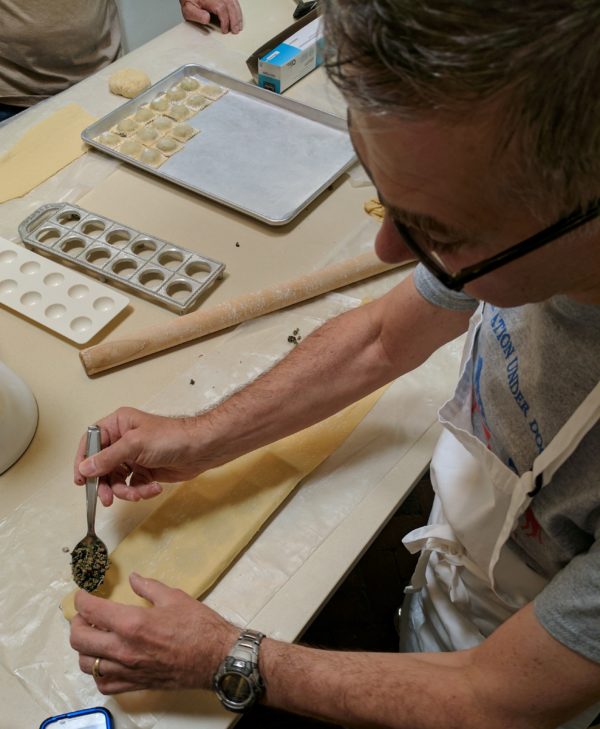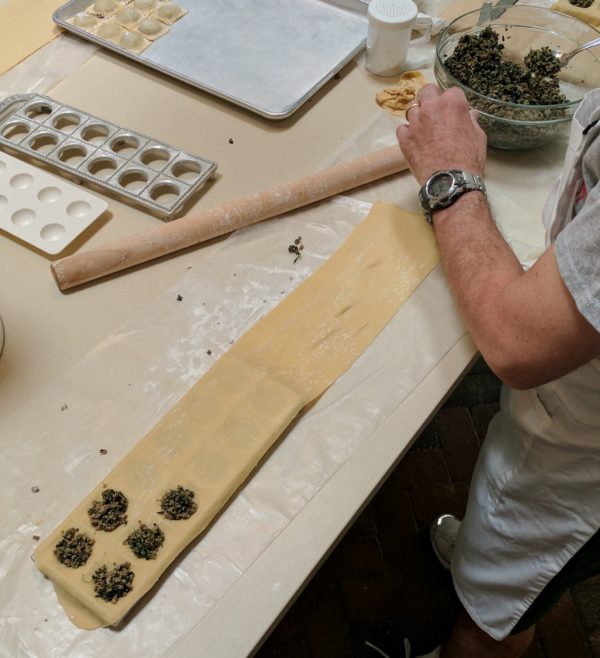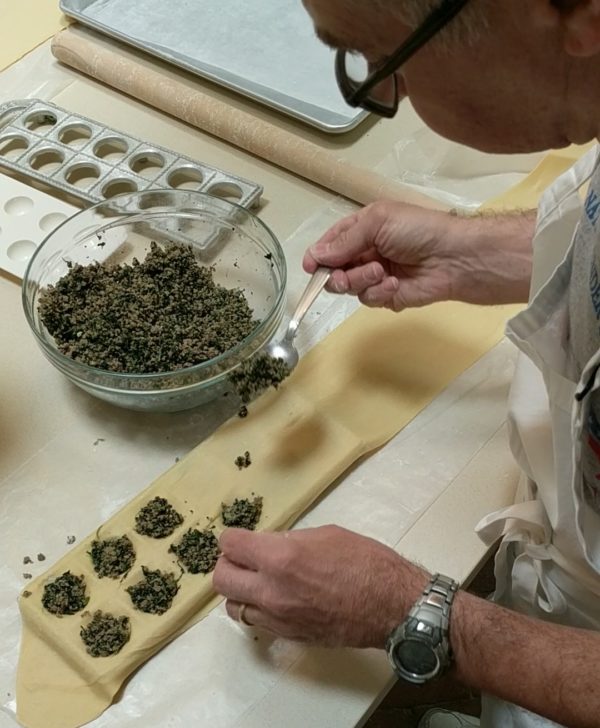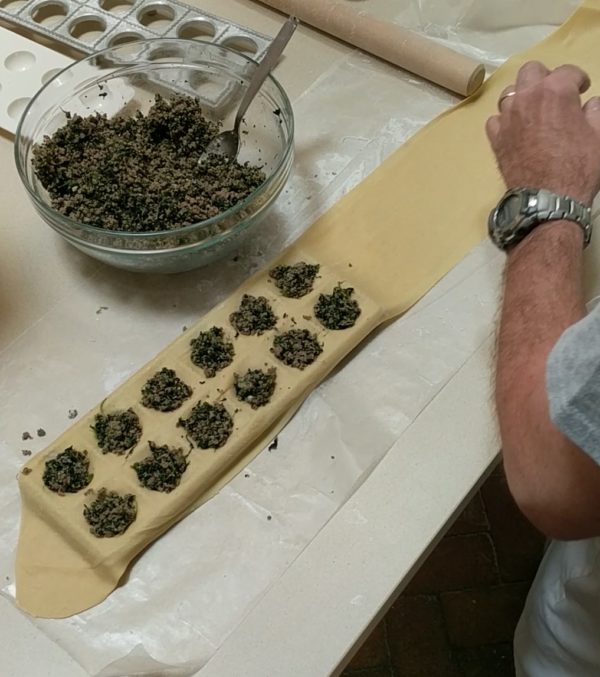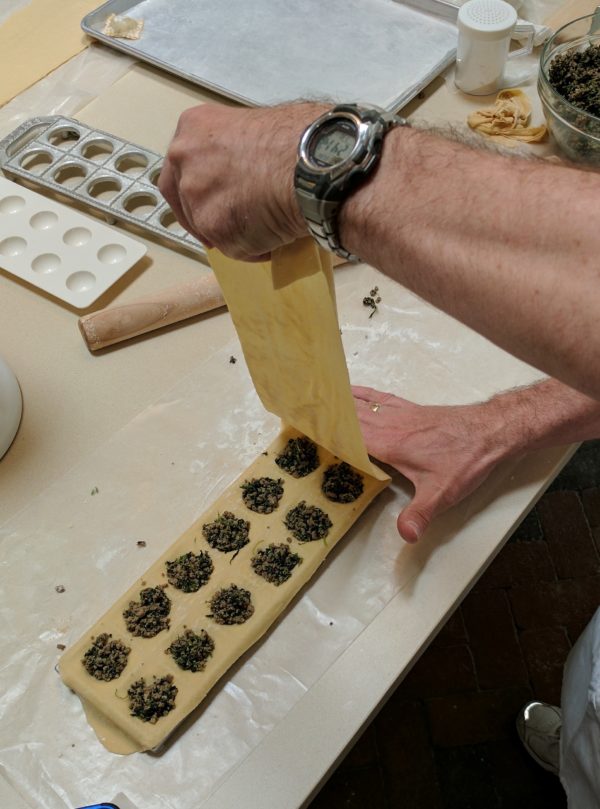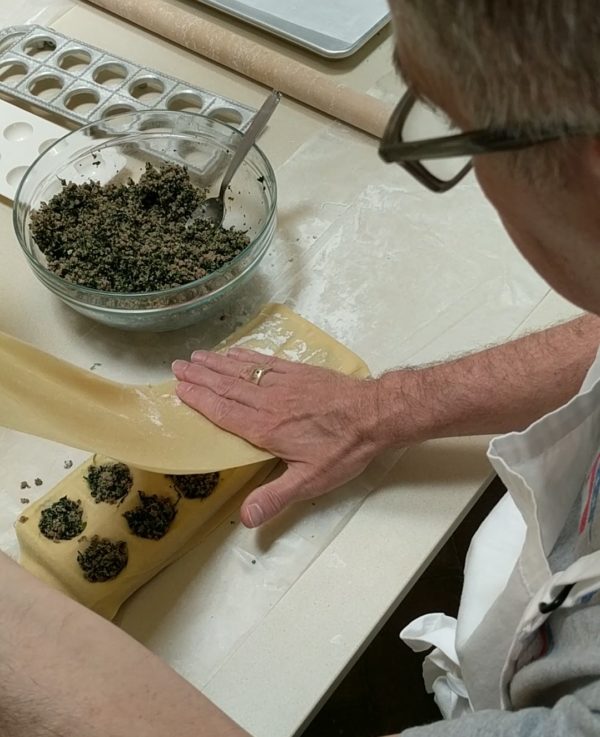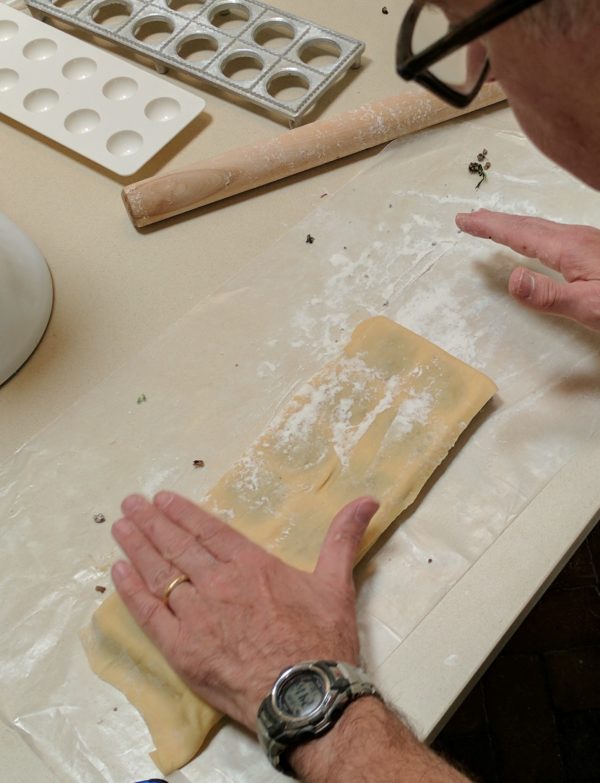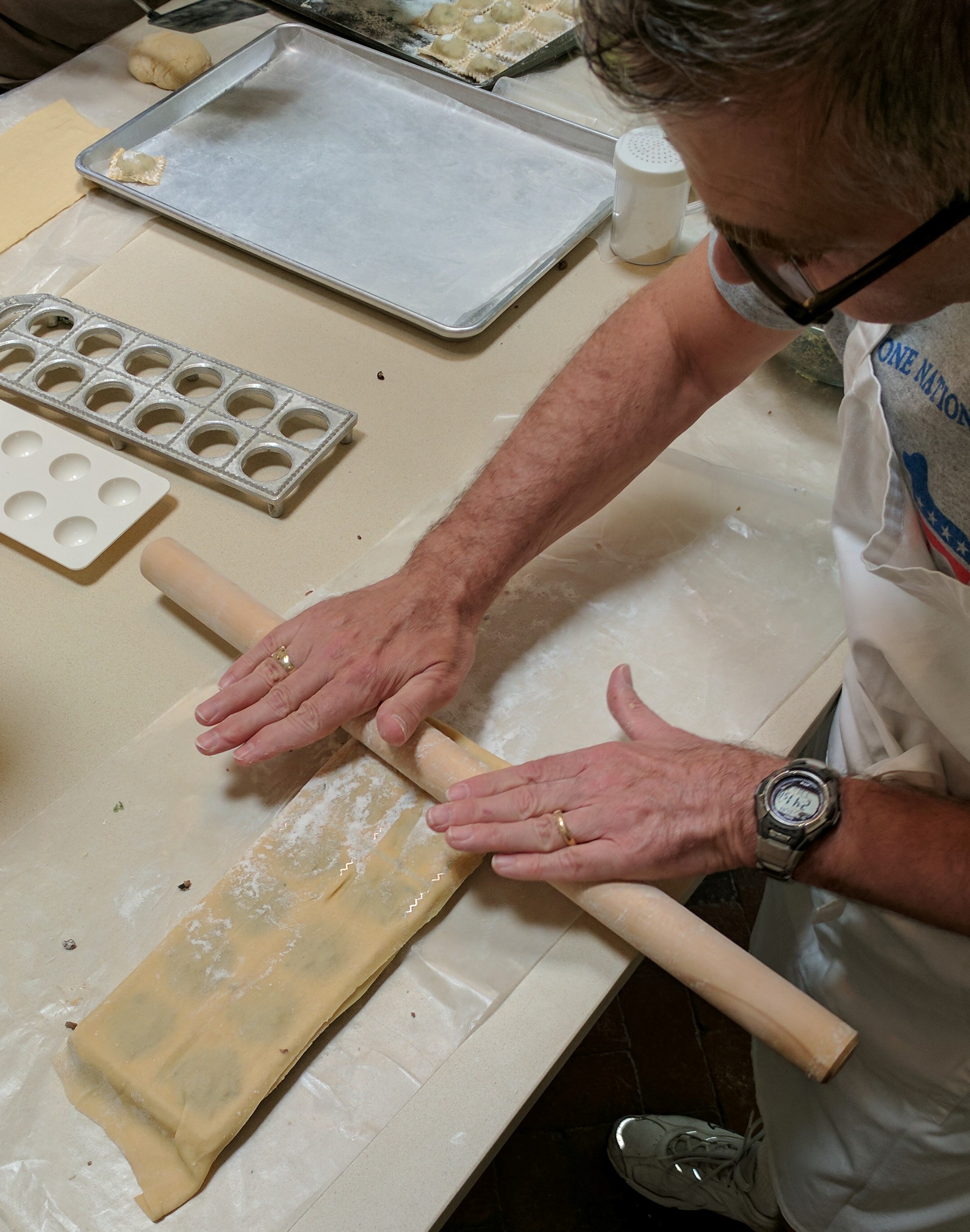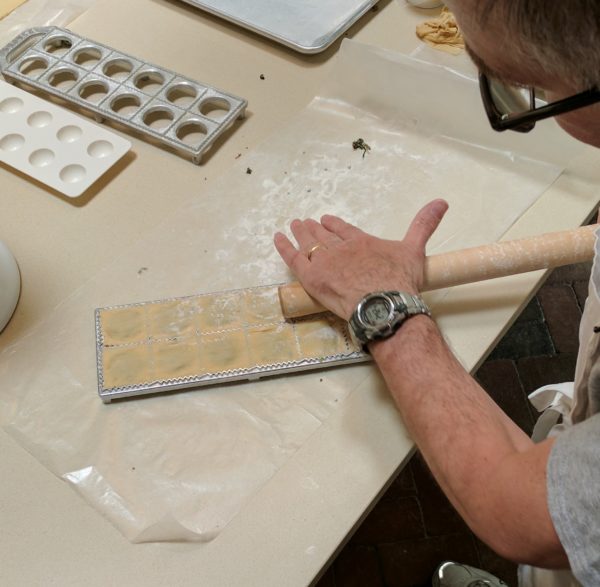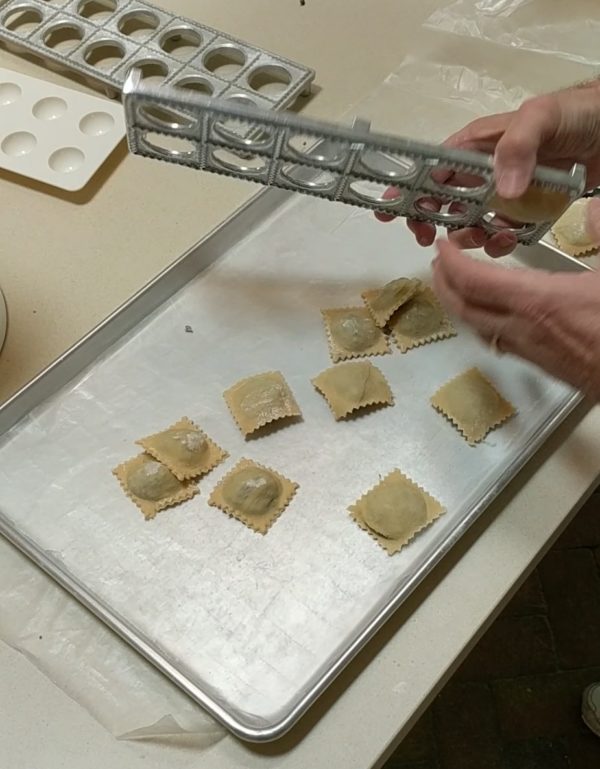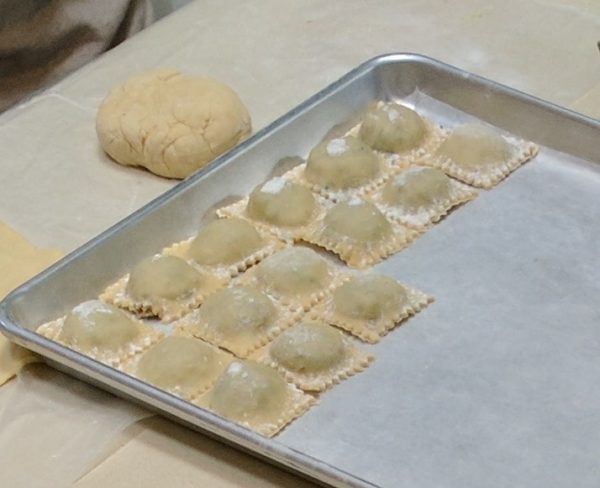September 29, 2021
“Your grams are killing me!”
That’s what a friend told me recently regarding some of the recipes on my blog.
His comment came as he was considering how much pasta to cook for dinner. I repeated what Great Aunt Fidalma told me: 80 grams per person.
Making the change to the metric system (International System or SI) of measurement isn’t easy and we don’t do much as a country to catalyze the change. In some areas, though, we’ve made the transition.
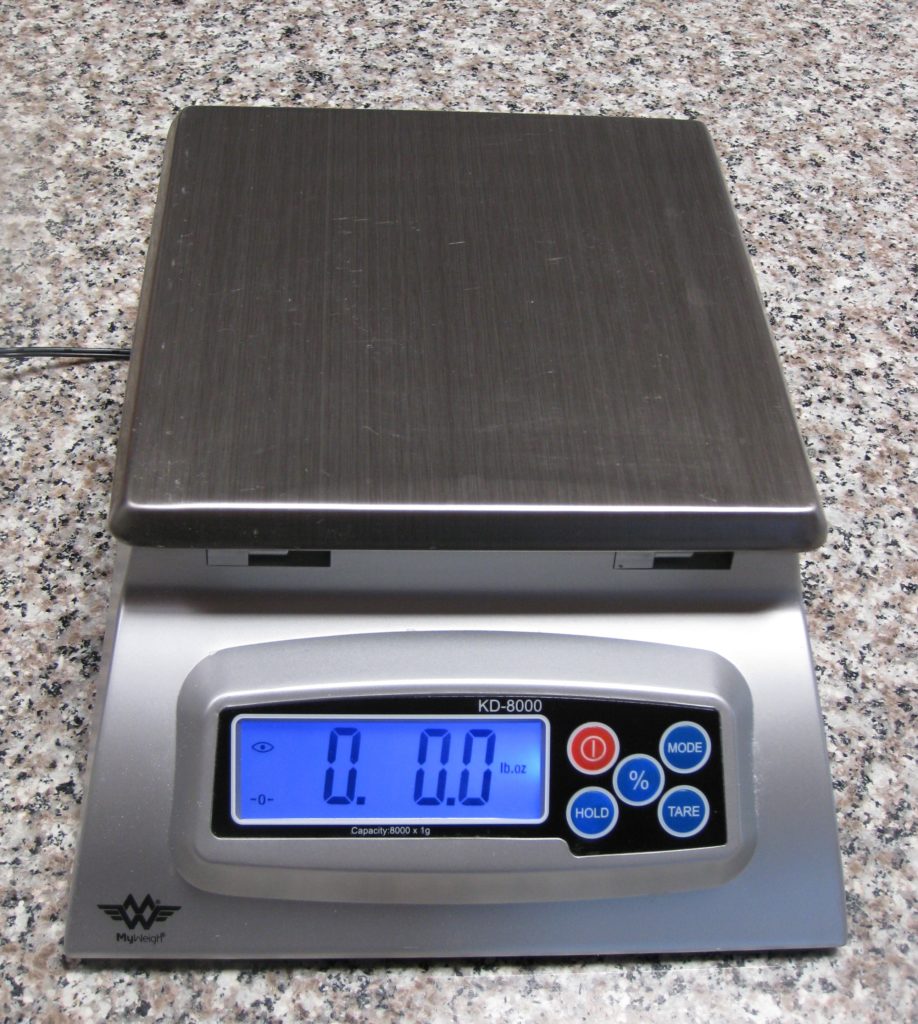
Have you looked carefully at a wine or liquor bottle recently? The contents are specified in the metric system even as we continue to refer to a bottle of liquor as a “fifth.” Until January 1979, a liquor bottle, indeed, held one-fifth of a US gallon, approximately 757 ml. Standard liquor bottles now contain 750 ml, just a smidge less.
Join our mailing list and you’ll never miss a recipe again!
Cooking, and especially baking, is much easier with the metric system. And that doesn’t even take into account the ease of weighing ingredients rather than trying to measure cups and fractions of cups.
I find that I am frequently scaling recipes up and down, but usually up. If the recipe calls for 3/4 cup of water, and I’m upscaling by 20%, I end up with the unwieldy amount of 9/10 cup of water. If I were using metric measures, I’d be starting with something like 180 ml and increasing by 20% to get to 216 ml which is much easier to measure out than 9/10 of a cup.
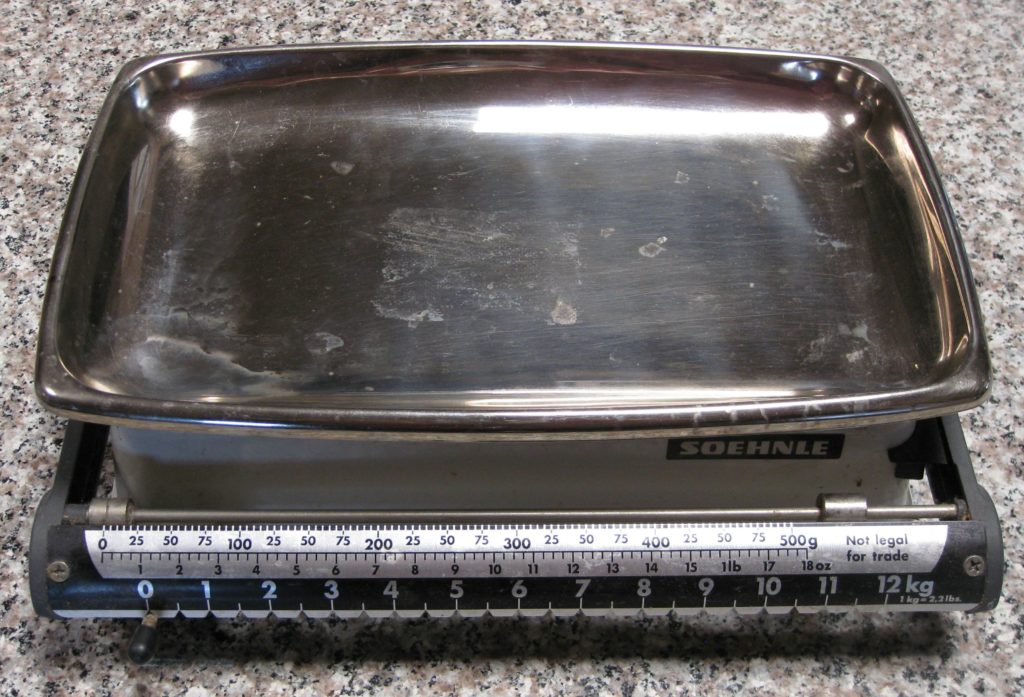
Let’s face it, how do you measure 9/10 cup. You first start by determining what 1/10 cup is, which is 1.6 tablespoons. Multiplying that by 9 gets you 14.4 tablespoons. But since you’re not going to measure out that many tablespoons one by one (and you’re likely to get pretty inaccurate after a few tablespoons, if you do) you work backwards to figure out what standard measure comes close. That gets you back to the 3/4 cup (12 tablespoons) you started with plus 2.4 tablespoons.
For most purposes, you can treat 2.4 tablespoons as if it were 2.5 tablespoons since the difference is likely within the margin of error for measuring with kitchen equipment. But unless you have a set of measuring spoons that contains a 1/2 tablespoon measure, you’ll be measuring out 2 tablespoons plus 1 teaspoon plus 1/2 teaspoon… if you can remember how many teaspoons are in a tablespoon.
So rather than just pouring 215 ml into a measuring cup (a reasonable approximation for 216 ml and one that can be found marked on some metric measuring “cups”) you’d be measuring out ¾ cup plus 2 tablespoons plus 1 teaspoon plus 1/2 teaspoon. In my book, that’s crazy!
Follow us on your social media platform of choice
It gets even easier if you give up the notion of measuring by volume and measure everything by weight, even liquids, as is typically done in professional kitchens. You can get a very accurate scale for less than $20. With that, you could weigh out the 216 grams of water (equivalent to 216 ml of water) and call it a day: no guessing, no eyeballing, no complex calculations needed.
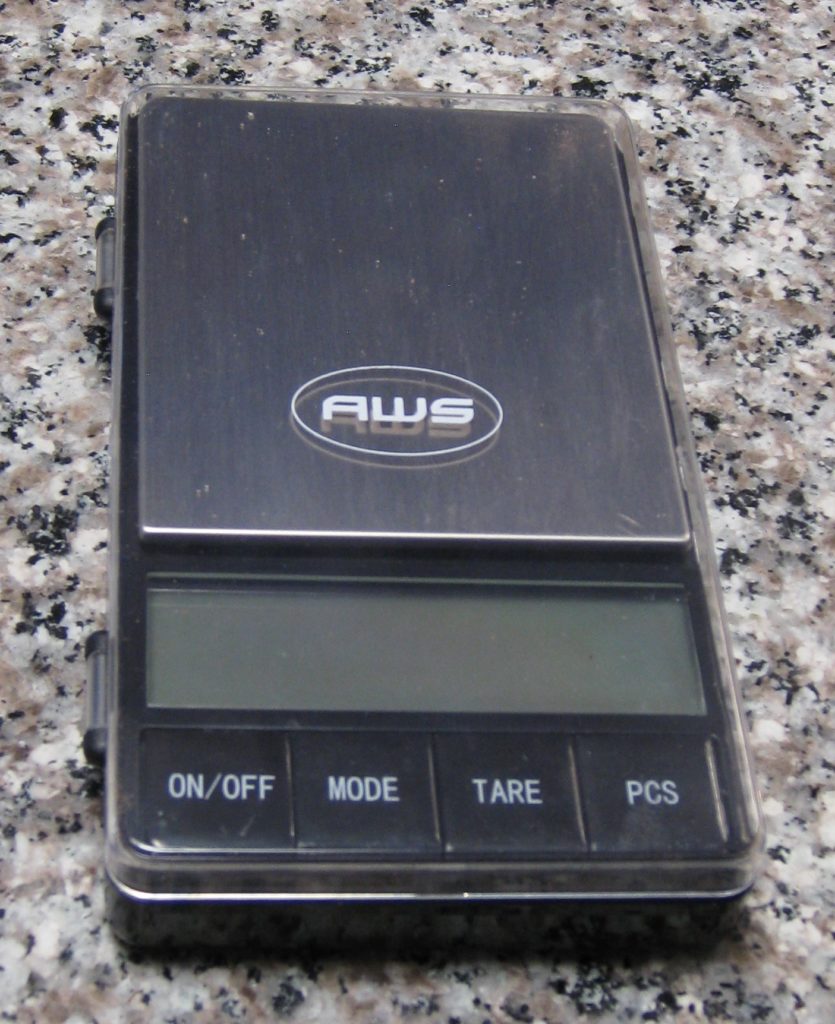
So really, what’s holding you back from giving the Metric System a go?
It’s time for me to get off my soapbox (for now) and actually cook something. How about stuffed mushrooms? I’ll even write the recipe in American measures!!
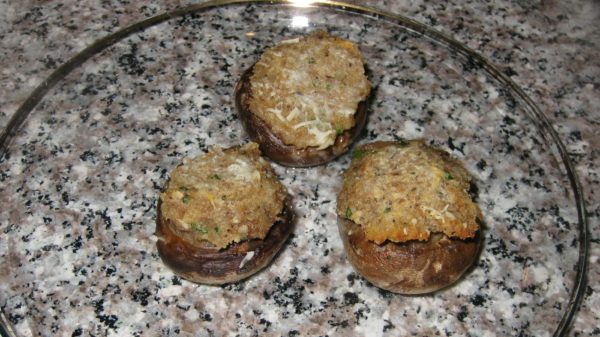
| Prep Time | 20 minutes |
| Cook Time | 35 minutes |
| Servings |
people
|
- 16 large mushrooms 2” to 3” caps
- 1 1/2 tablespoons butter plus more for buttering the dish and dotting the tops
- 1/2 cup fine dry breadcrumbs
- 2 eggs beaten
- 1 tablespoon minced parsley
- 2-3 cloves garlic minced
- 1/4 teaspoon dried oregano
- salt to taste
- black pepper freshly ground to taste
- 1/3 cup Parmesan cheese freshly grated (or to taste)
- broth or water as needed
Ingredients
|

|
- Wipe the mushrooms with a damp cloth.
- Remove the stems.
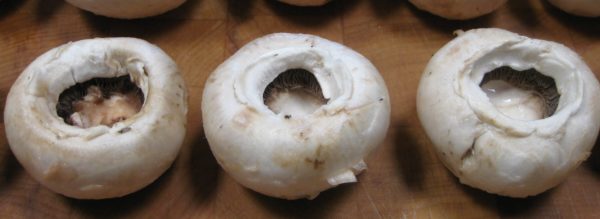
- Finely grind the stems in a food processor.
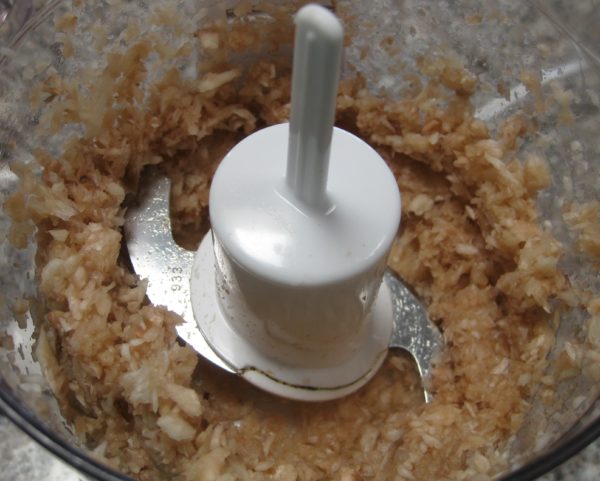
- Sauté the ground stems in the butter with a pinch of salt until the liquid is drawn out and then completely evaporated.
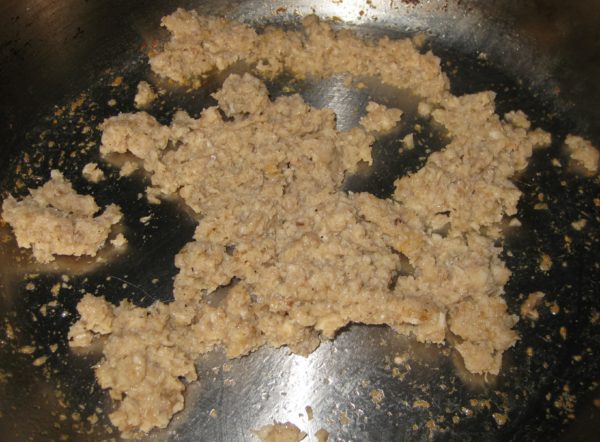
- Mix the cooked stems with the breadcrumbs, eggs, parsley, garlic, oregano, and salt and pepper to taste.
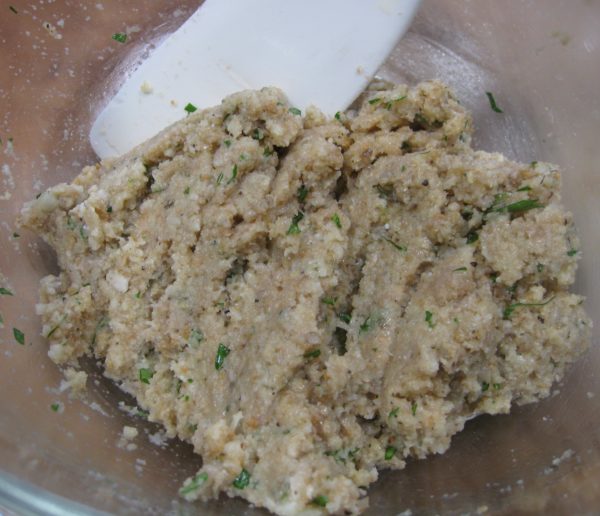
- Cool slightly and add 3 tablespoons Parmesan cheese.
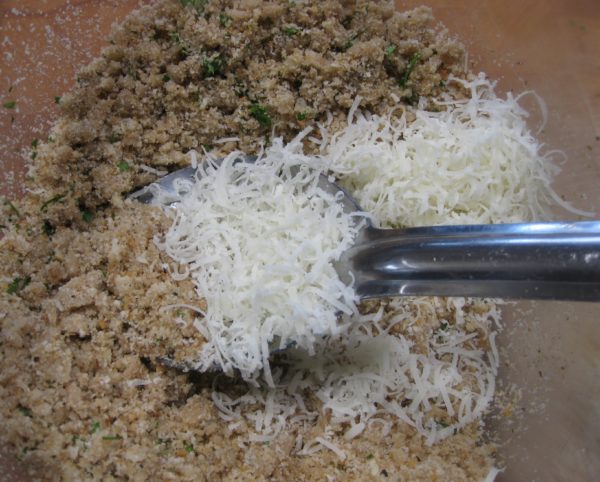
- Butter a baking dish large enough to hold the mushroom caps in a single layer, snugly.
- Fill each mushroom cap with some of the stuffing mixture.
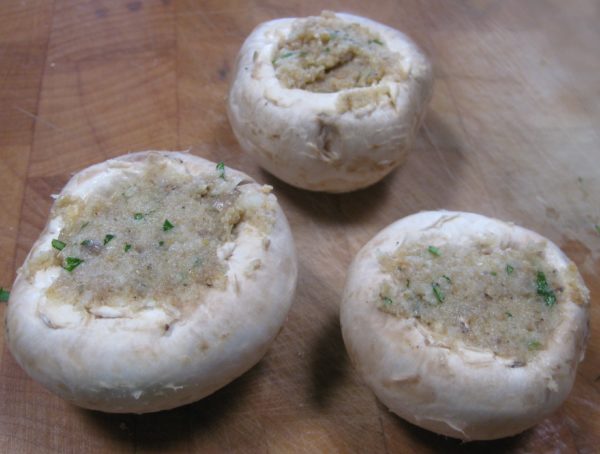
- Arrange the stuffed mushroom caps in the buttered dish.
- Sprinkle with additional Parmesan cheese, dot with butter and add a small amount of broth or water to the bottom of the dish to keep the mushrooms from sticking.
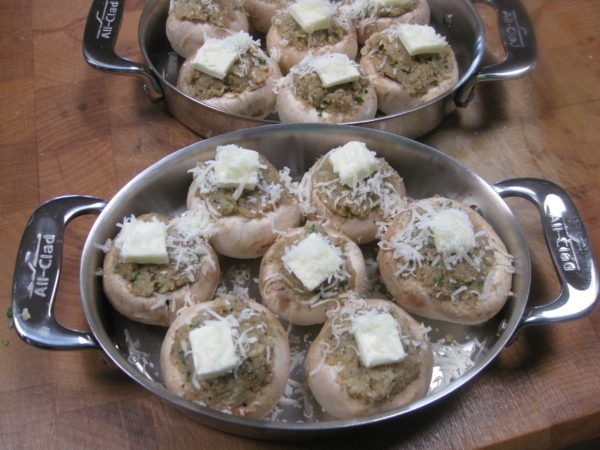
- Bake at 375°F for 20 minutes, until golden brown on top.
- Baste occasionally with the liquid in the pan during baking.
Copyright © 2021 by Villa Sentieri, LLC. All rights reserved.

